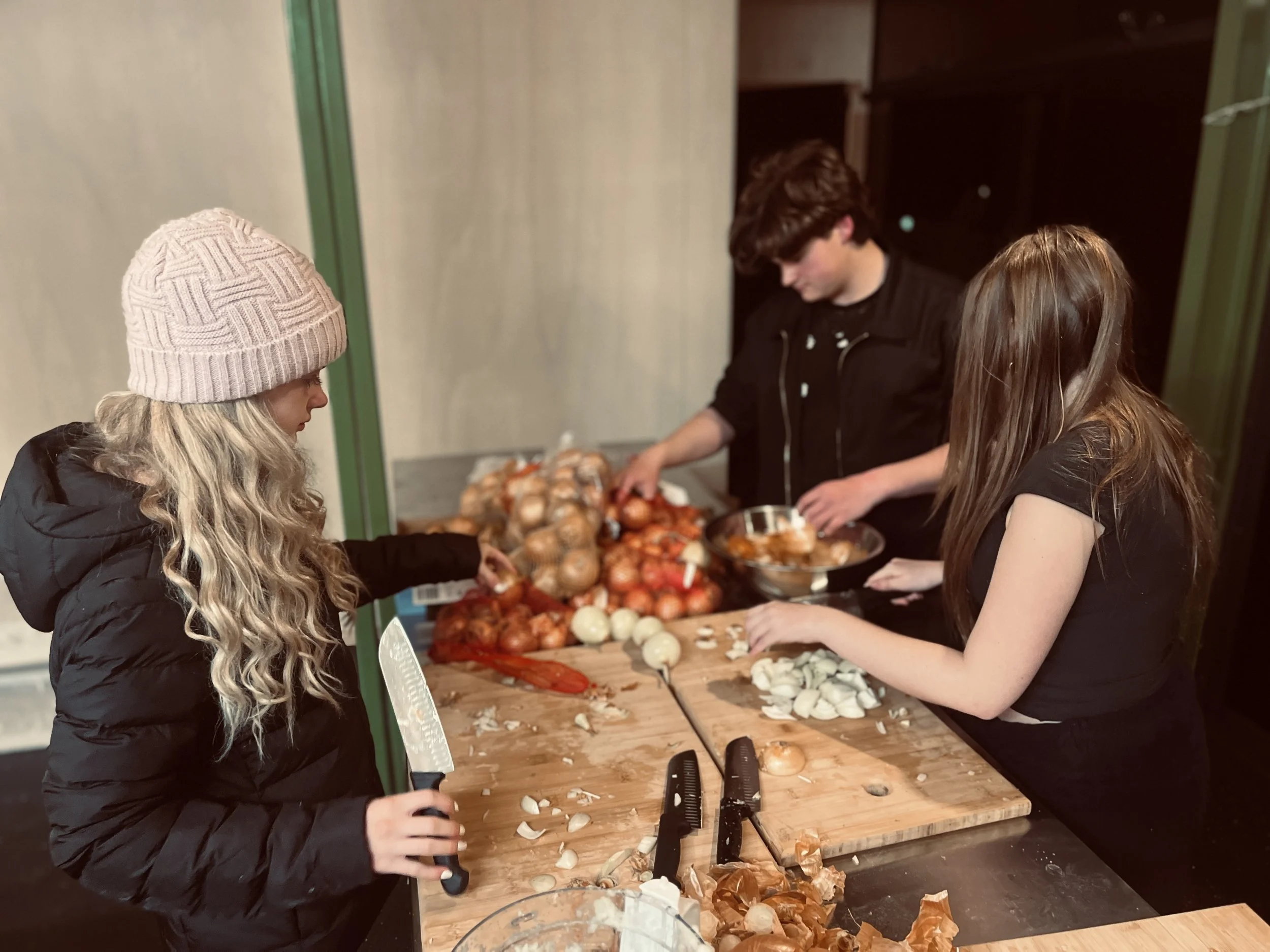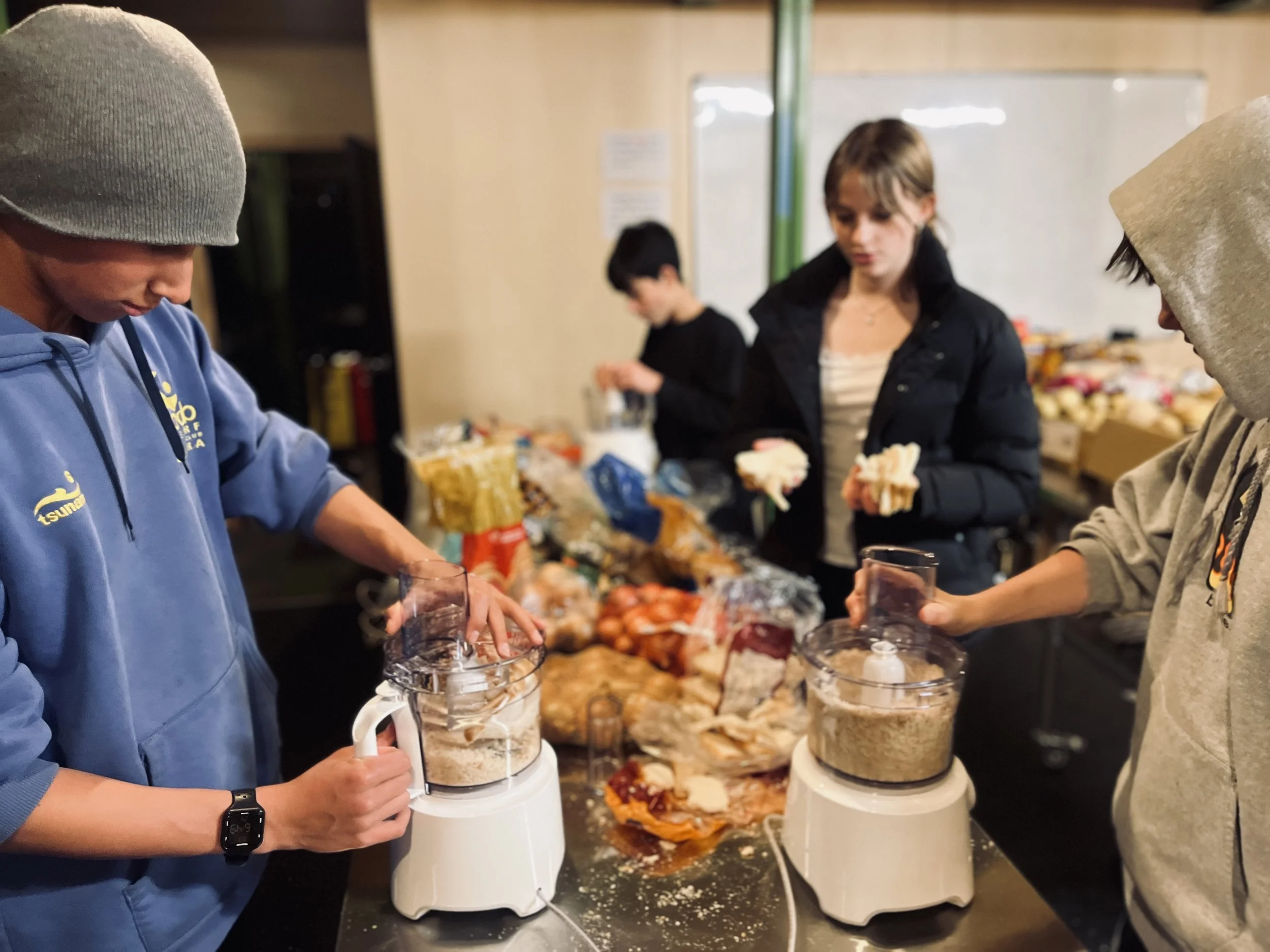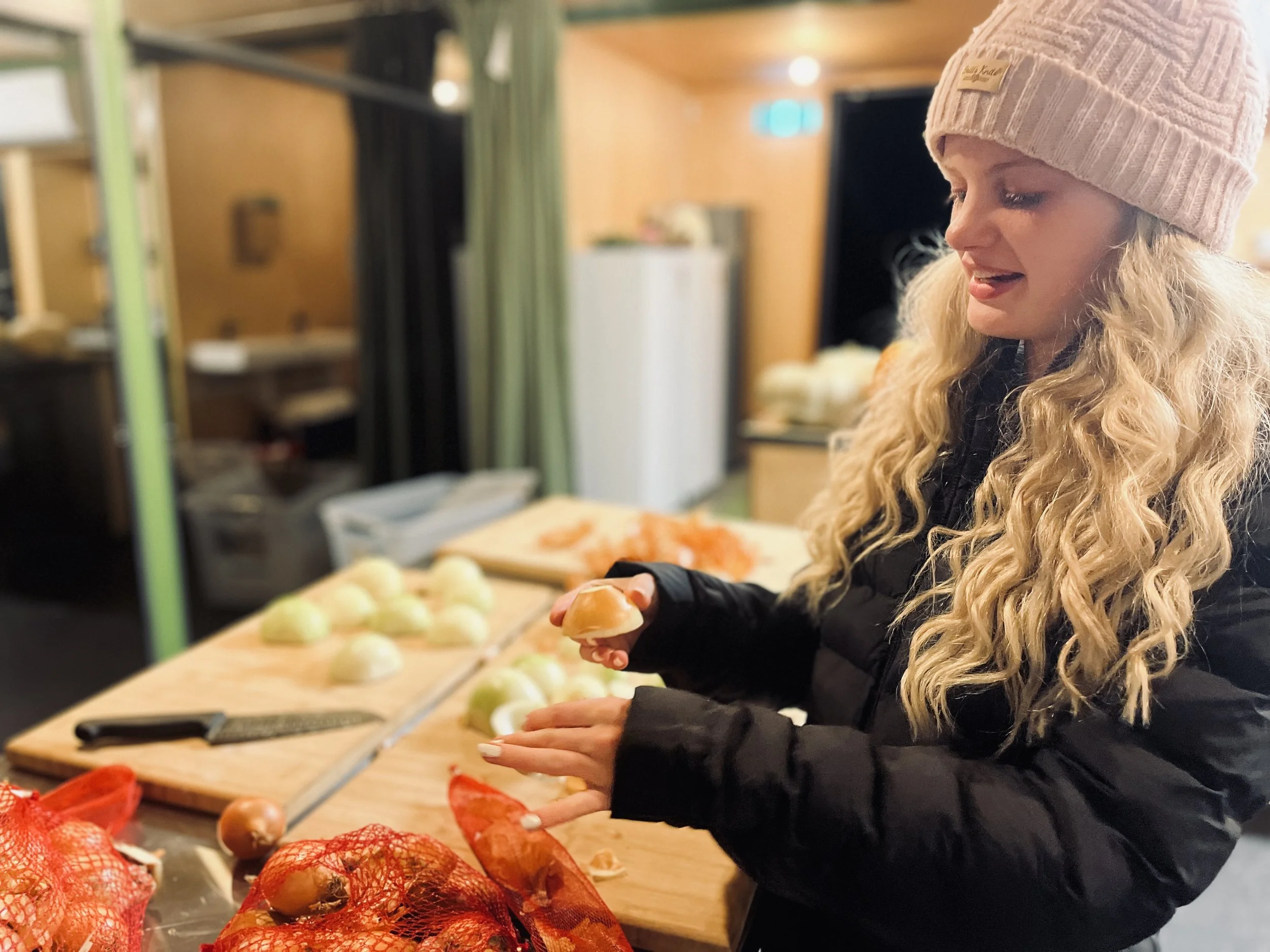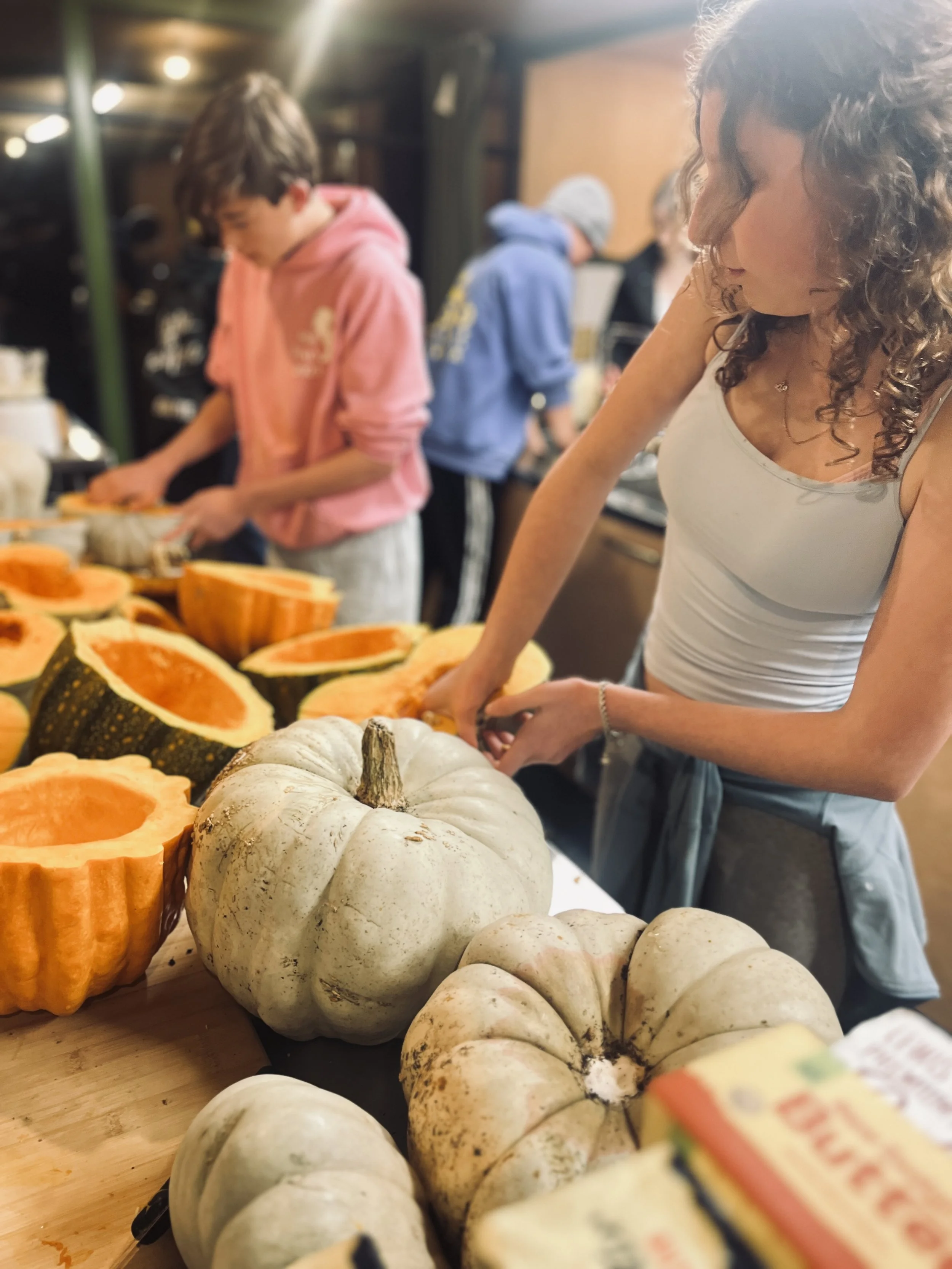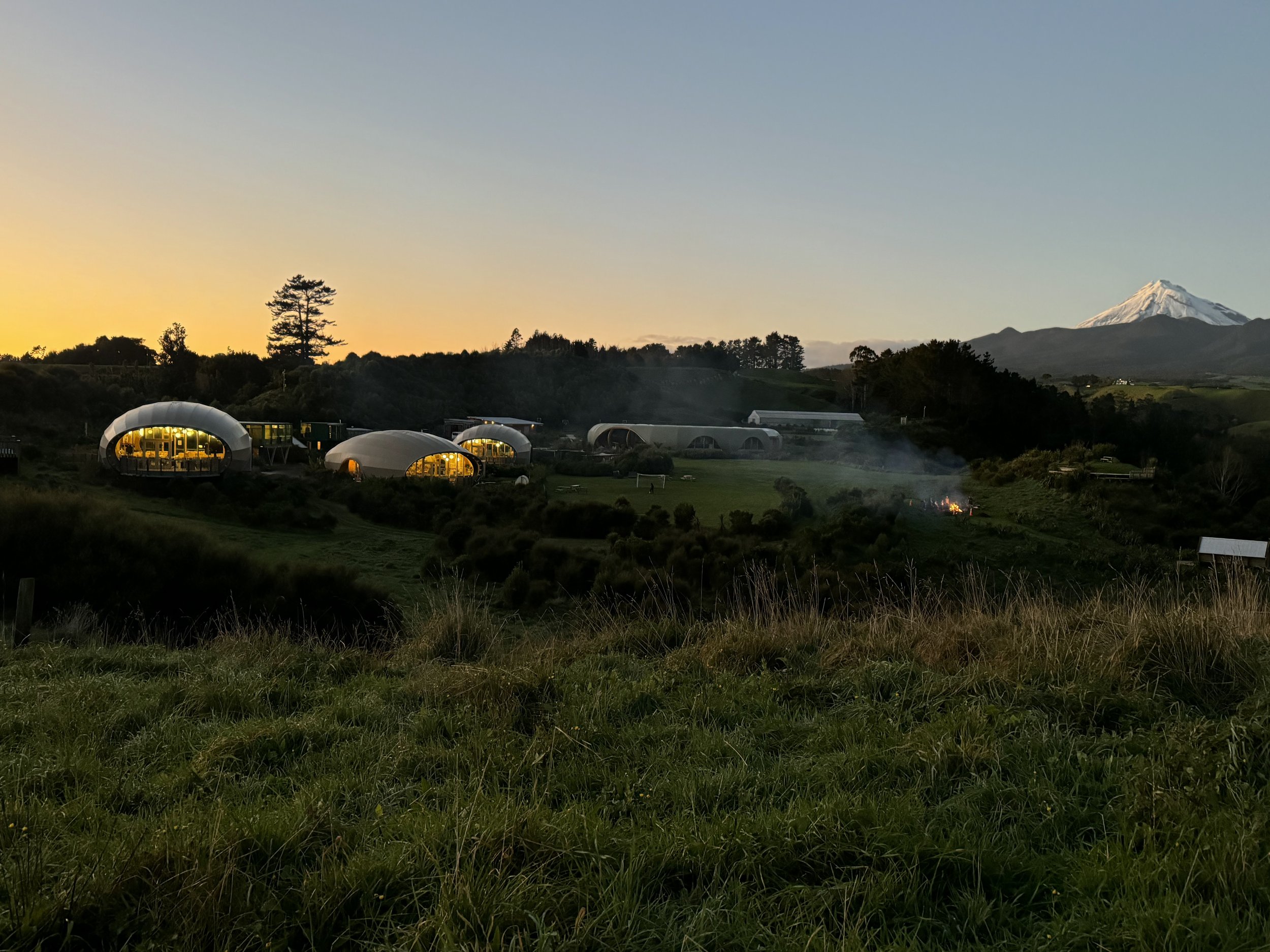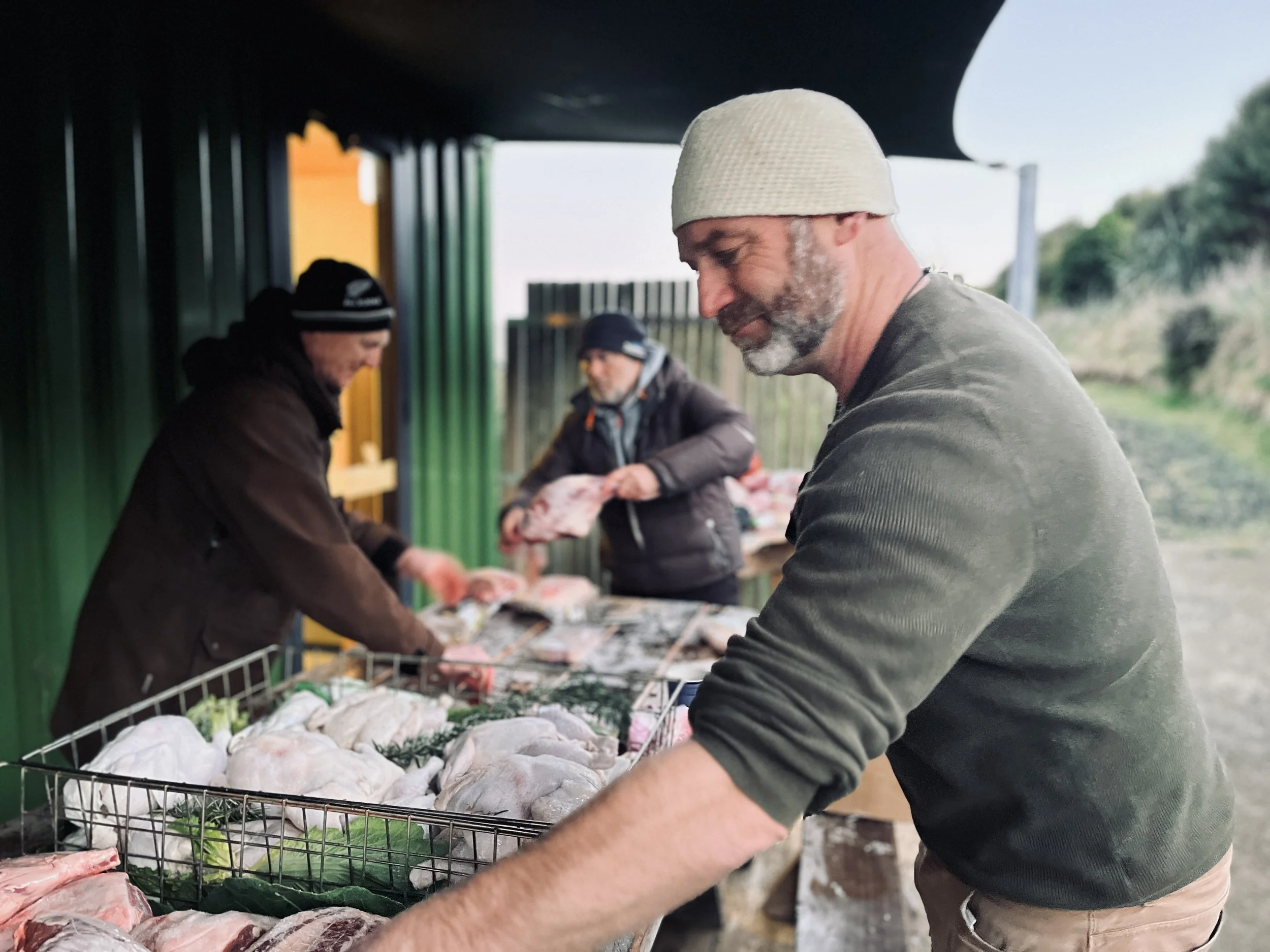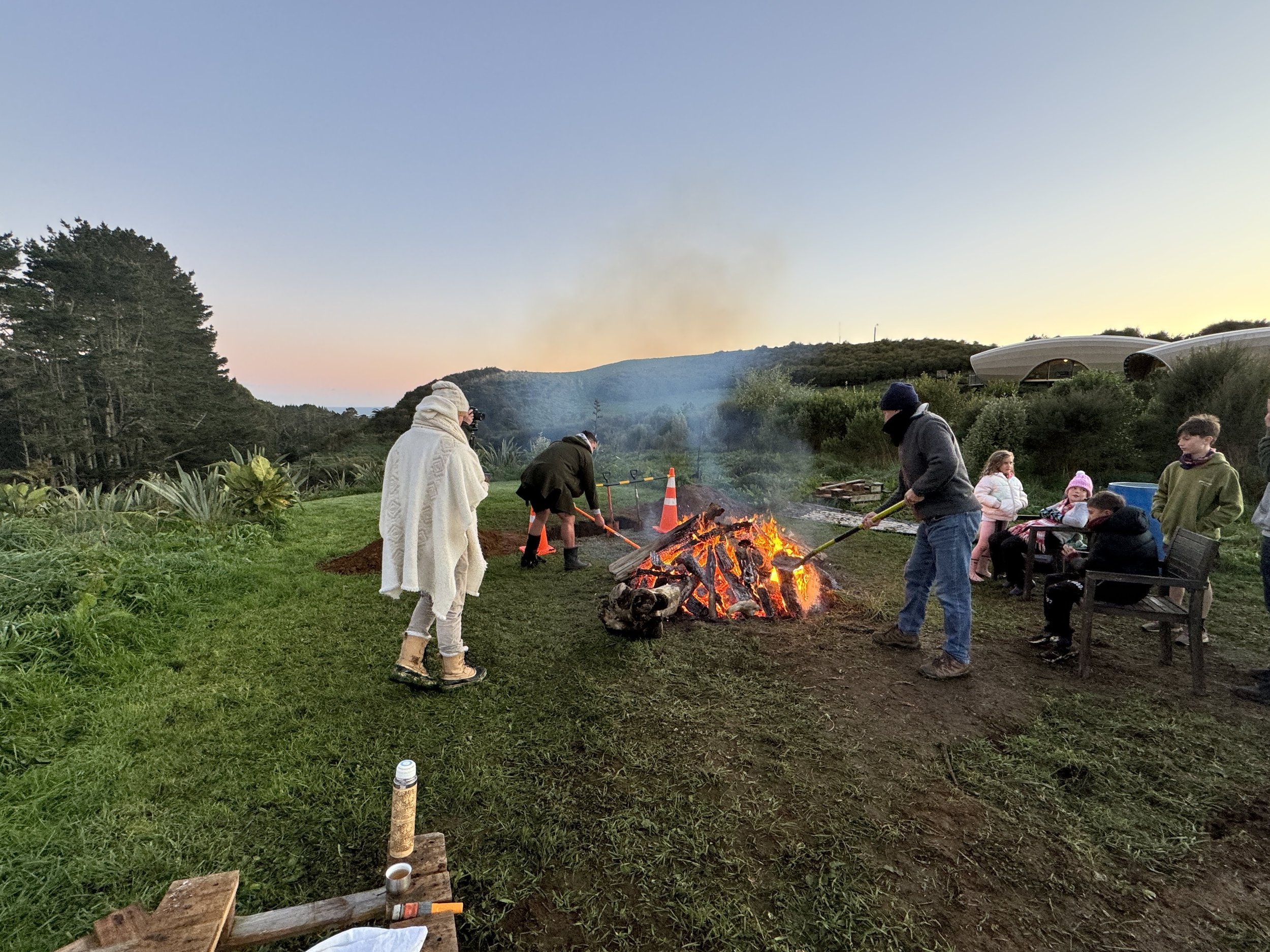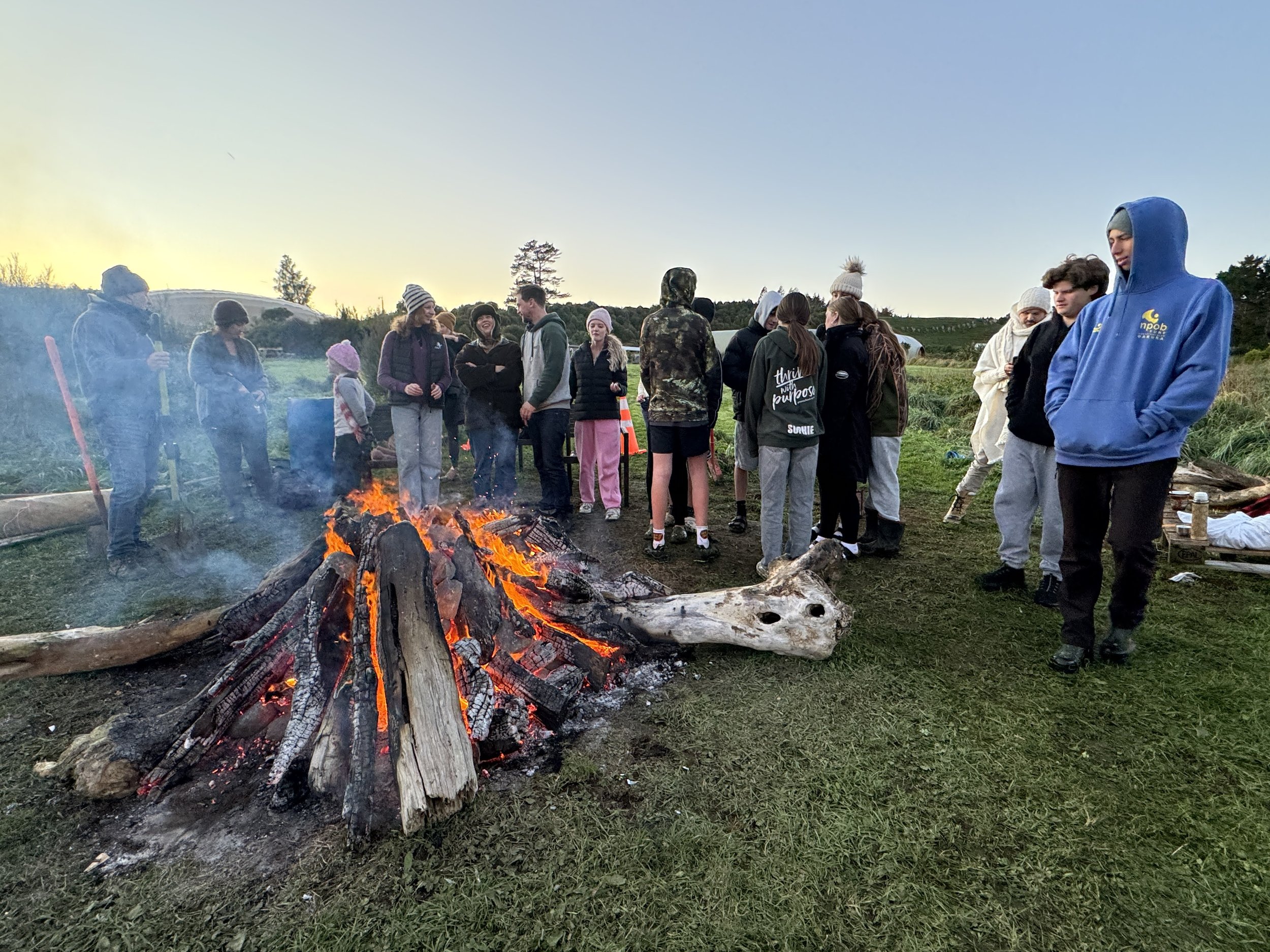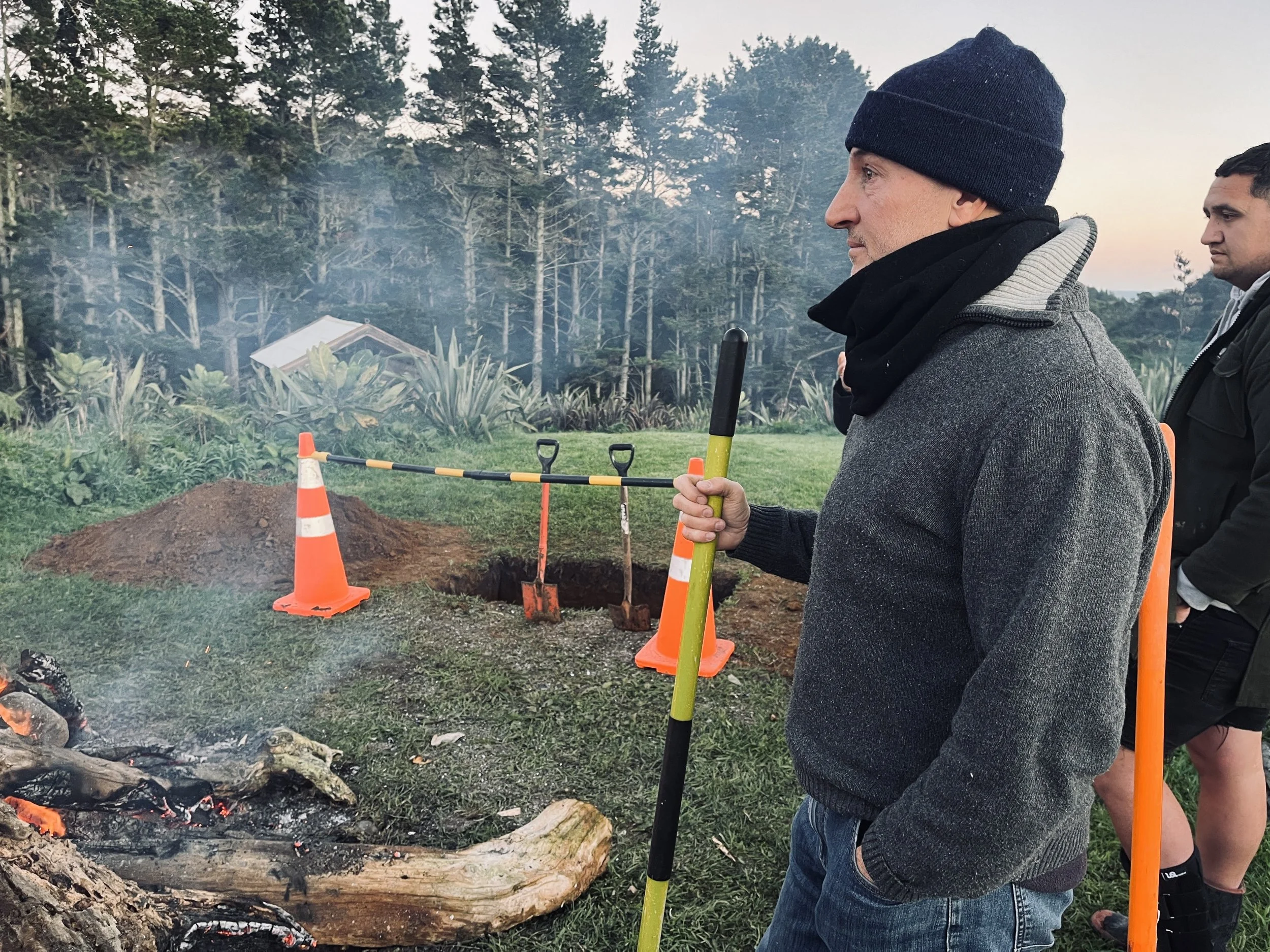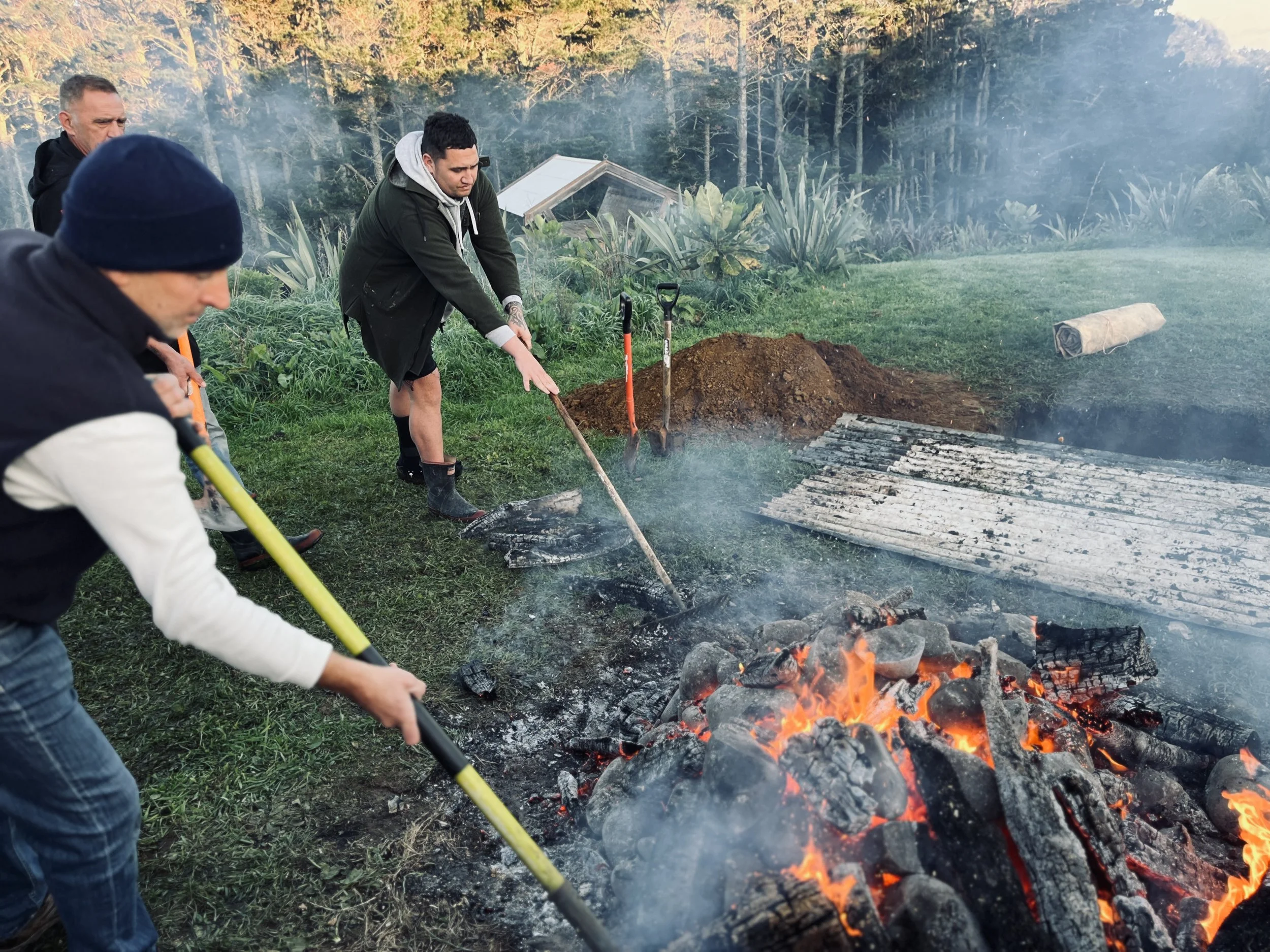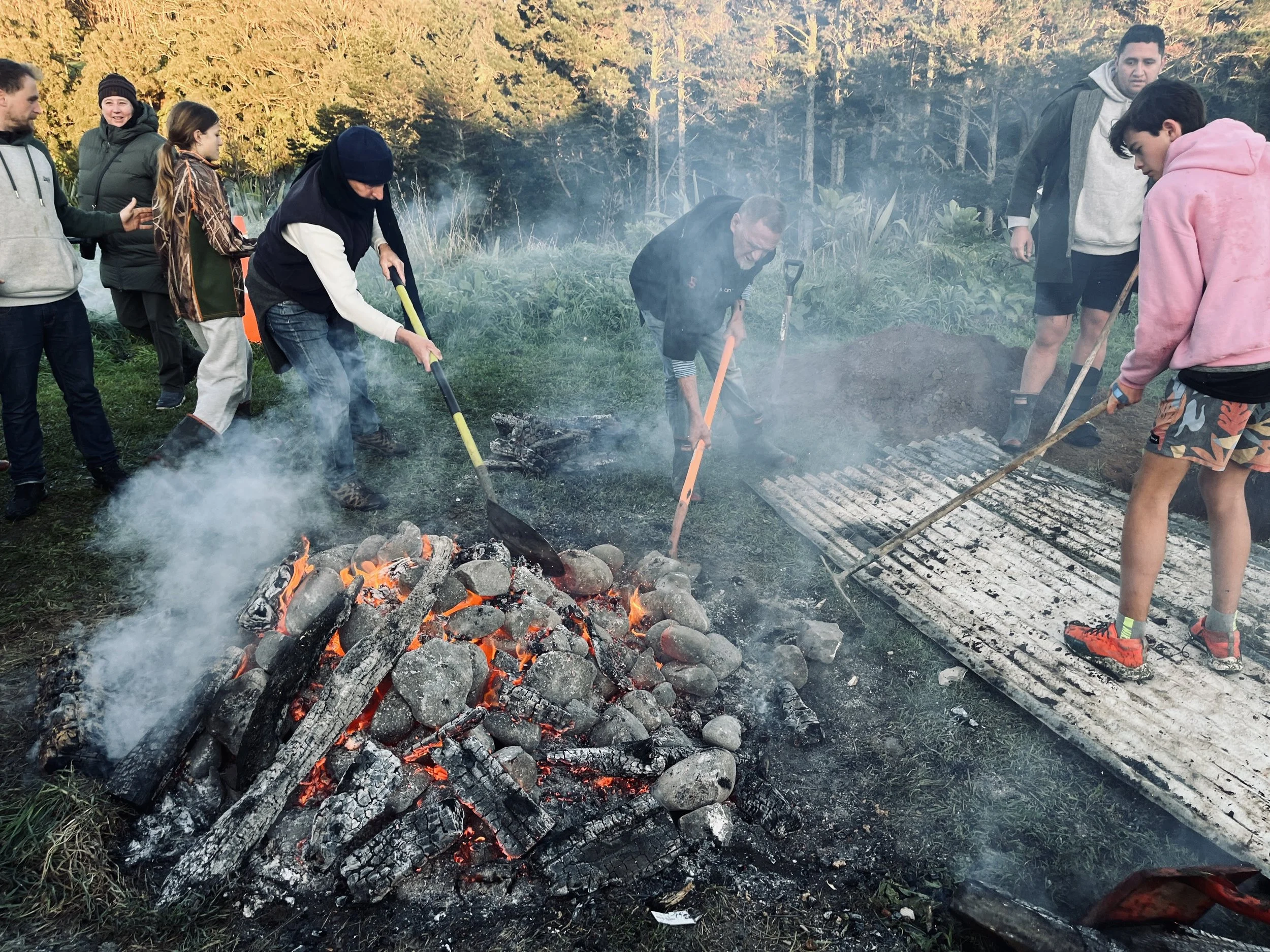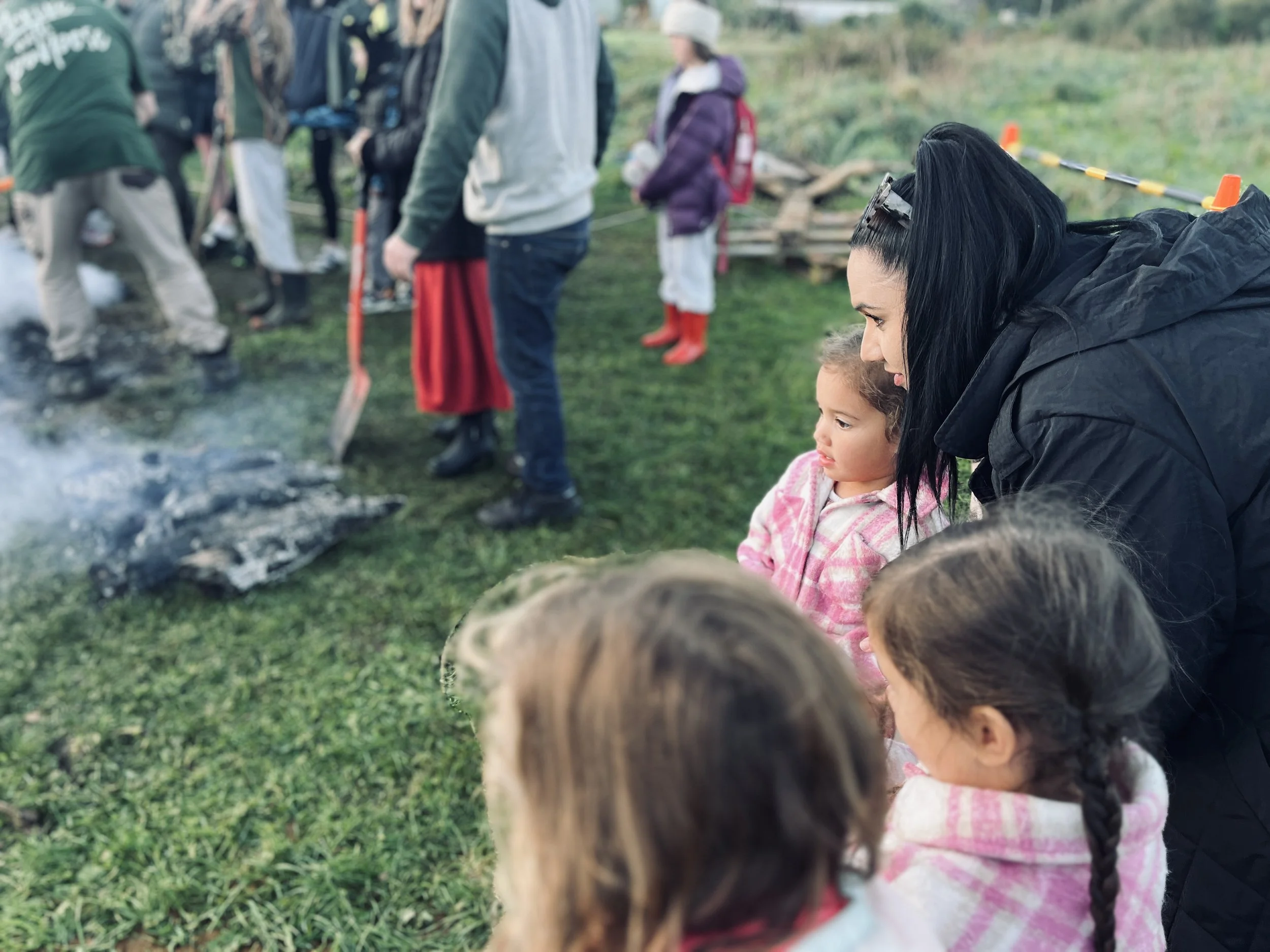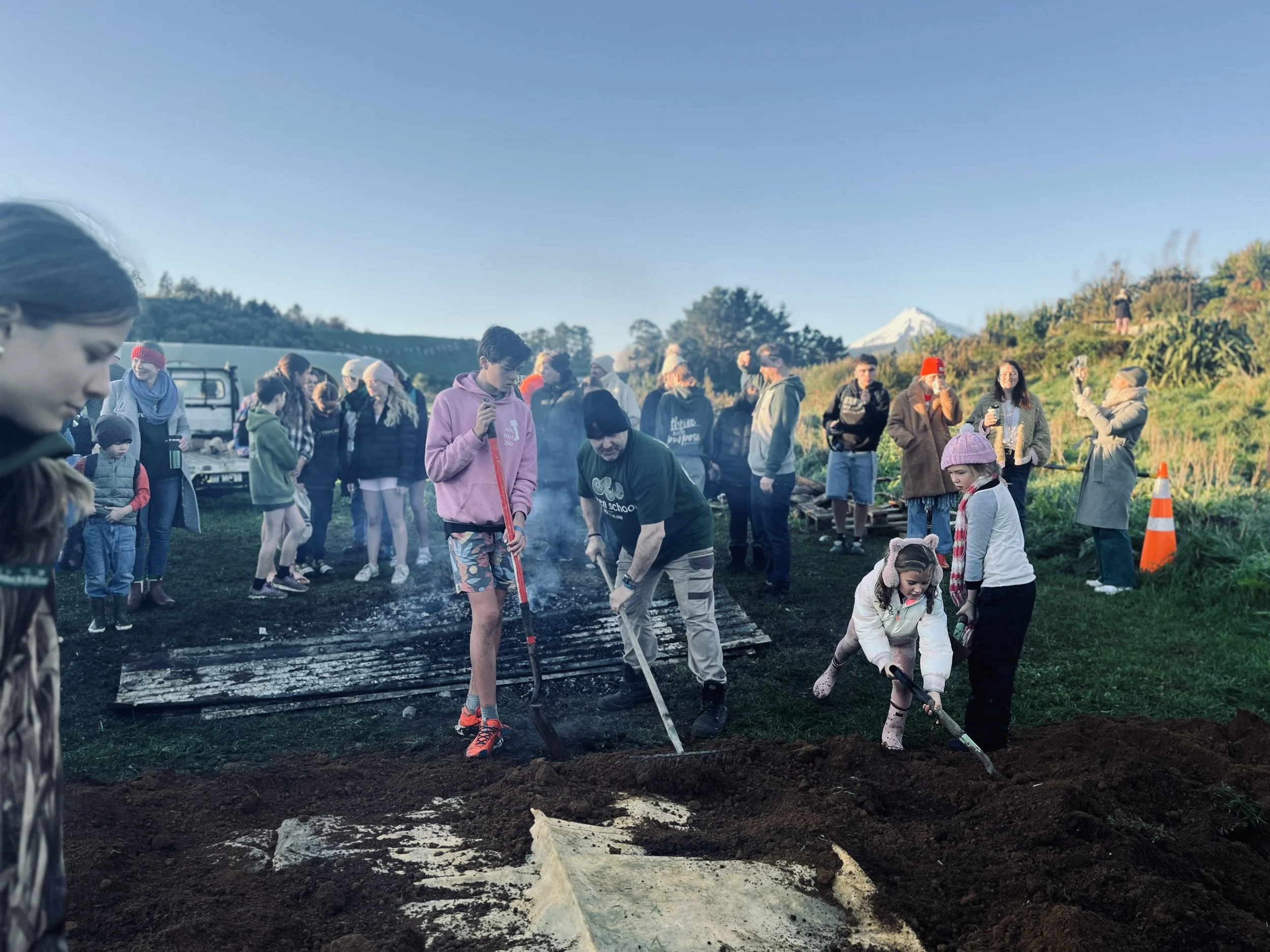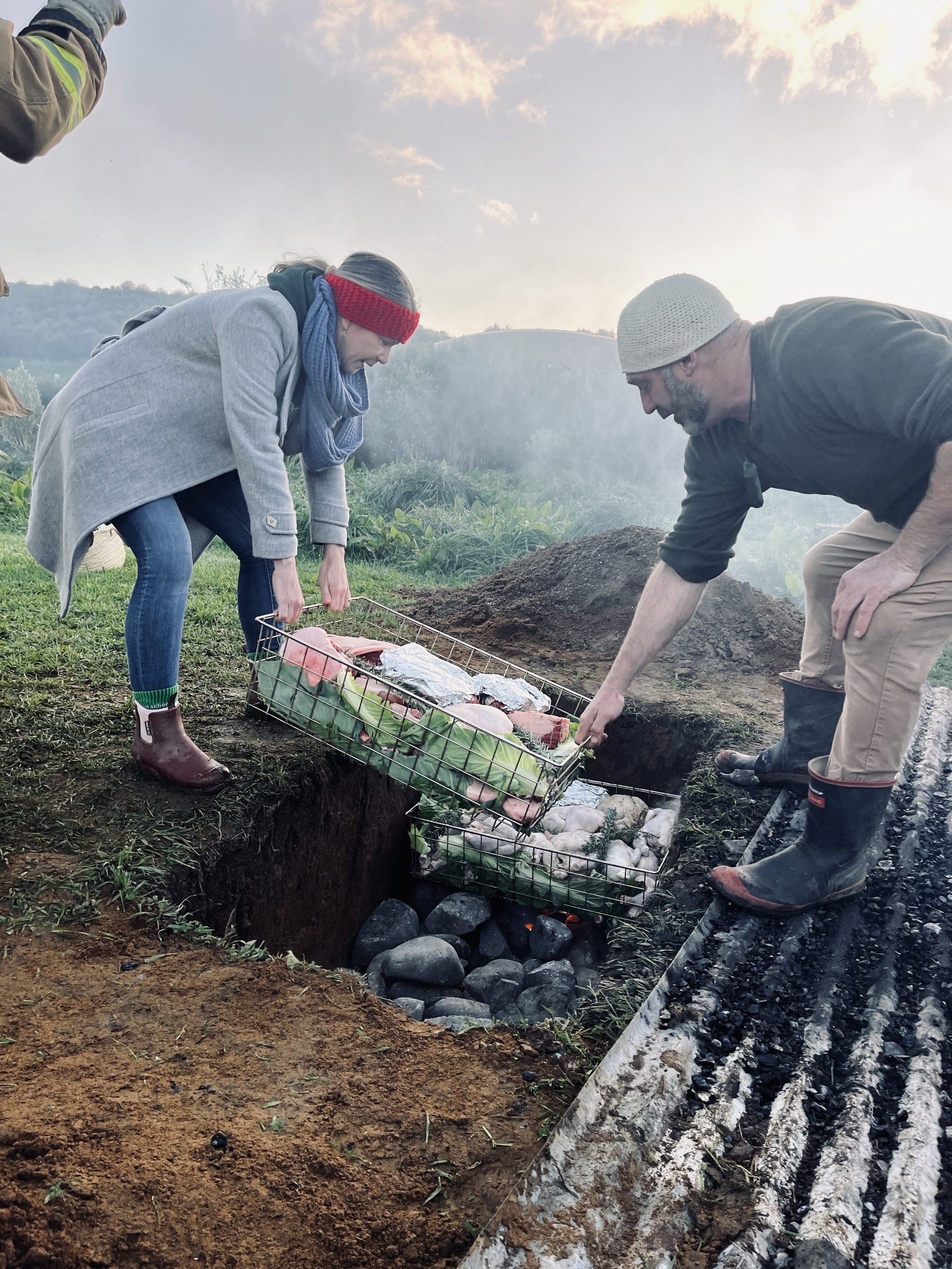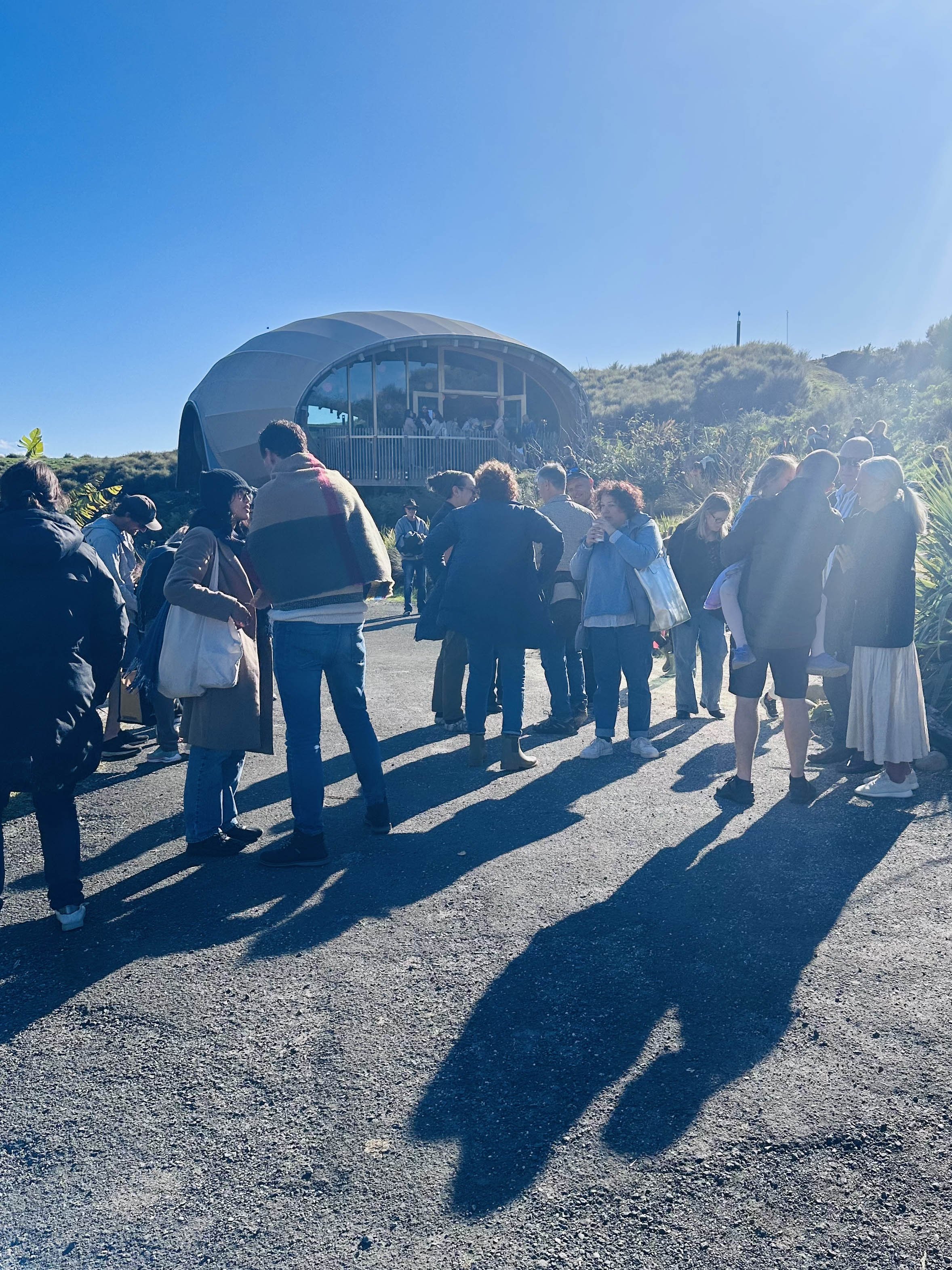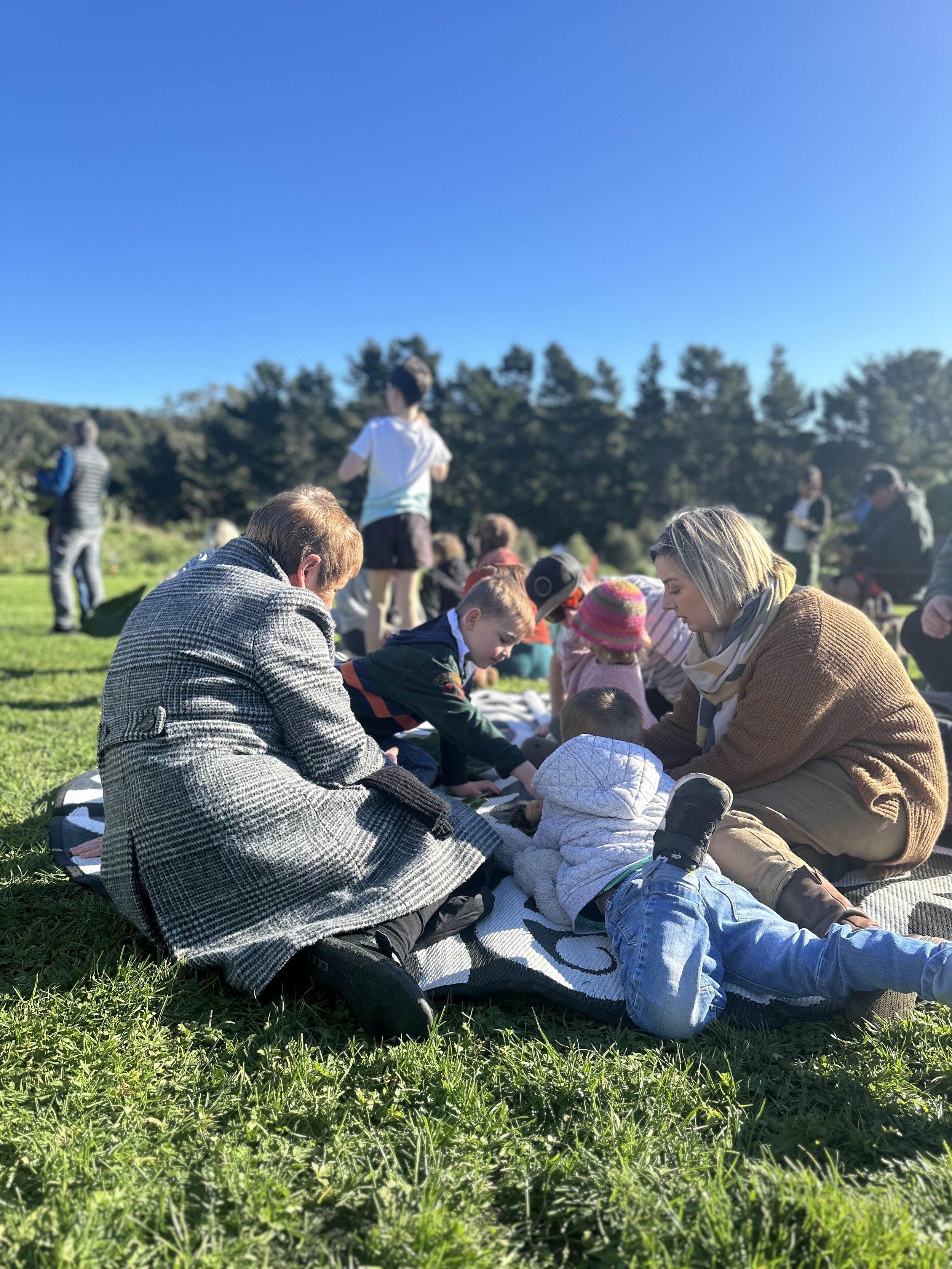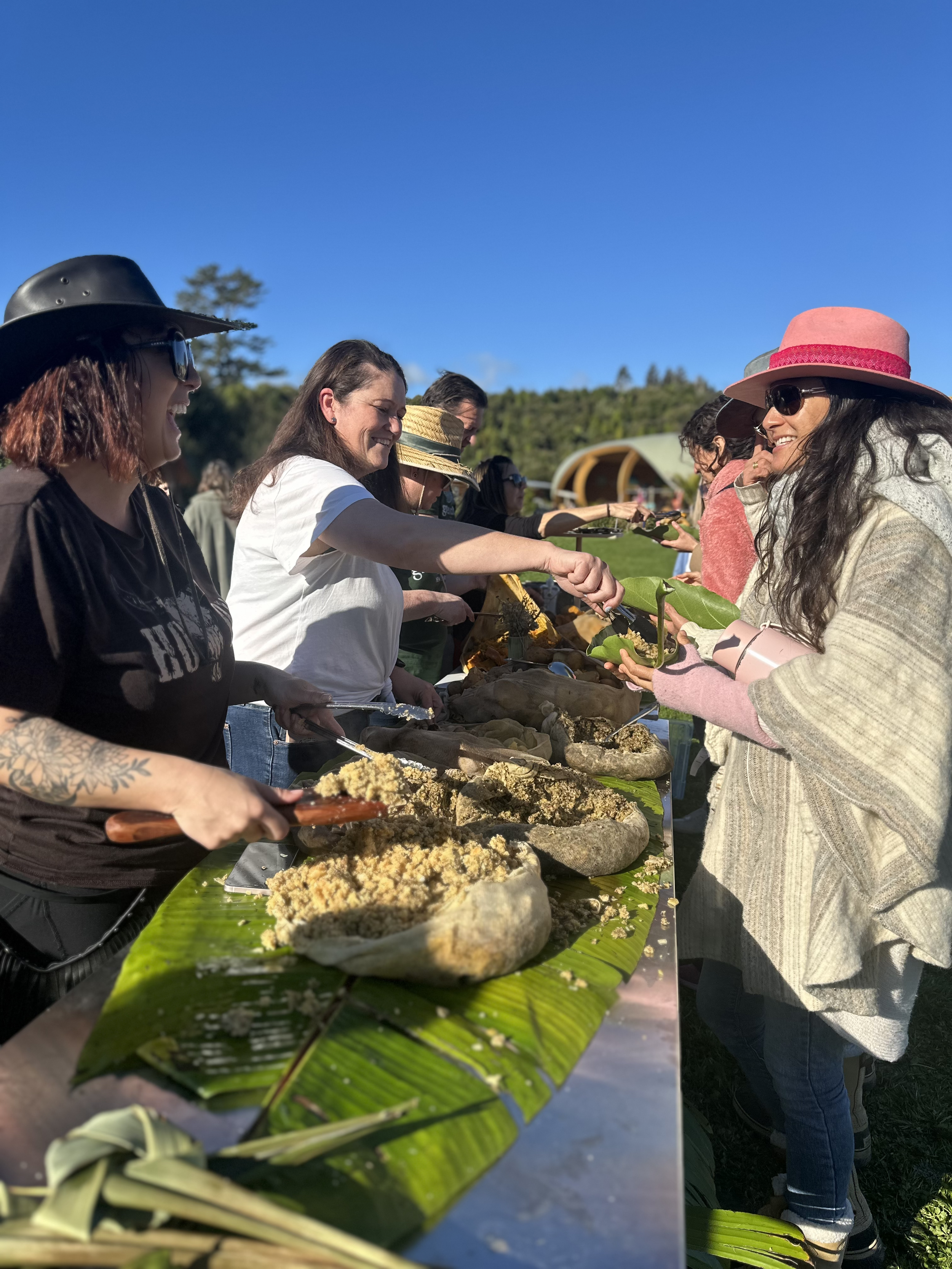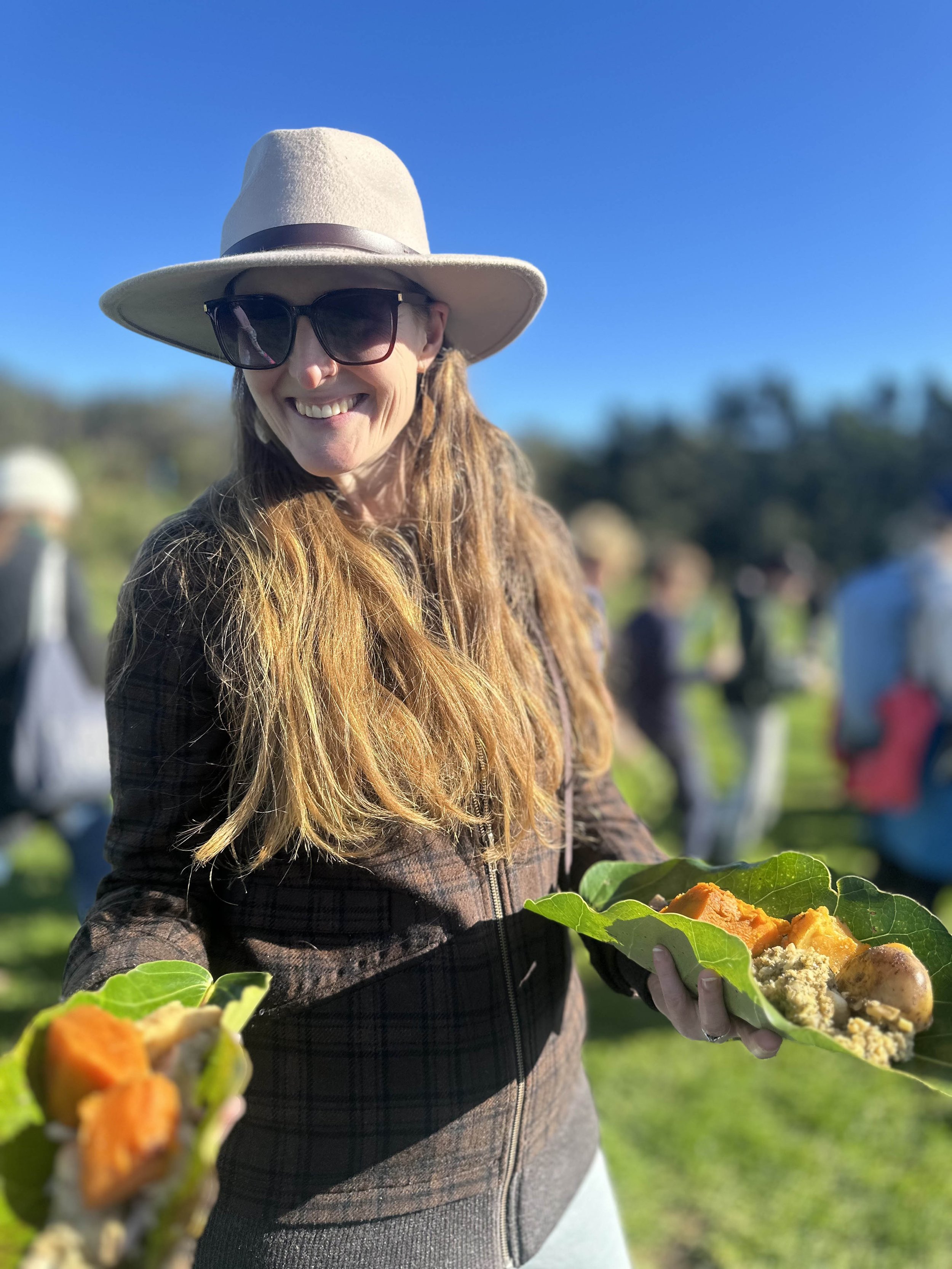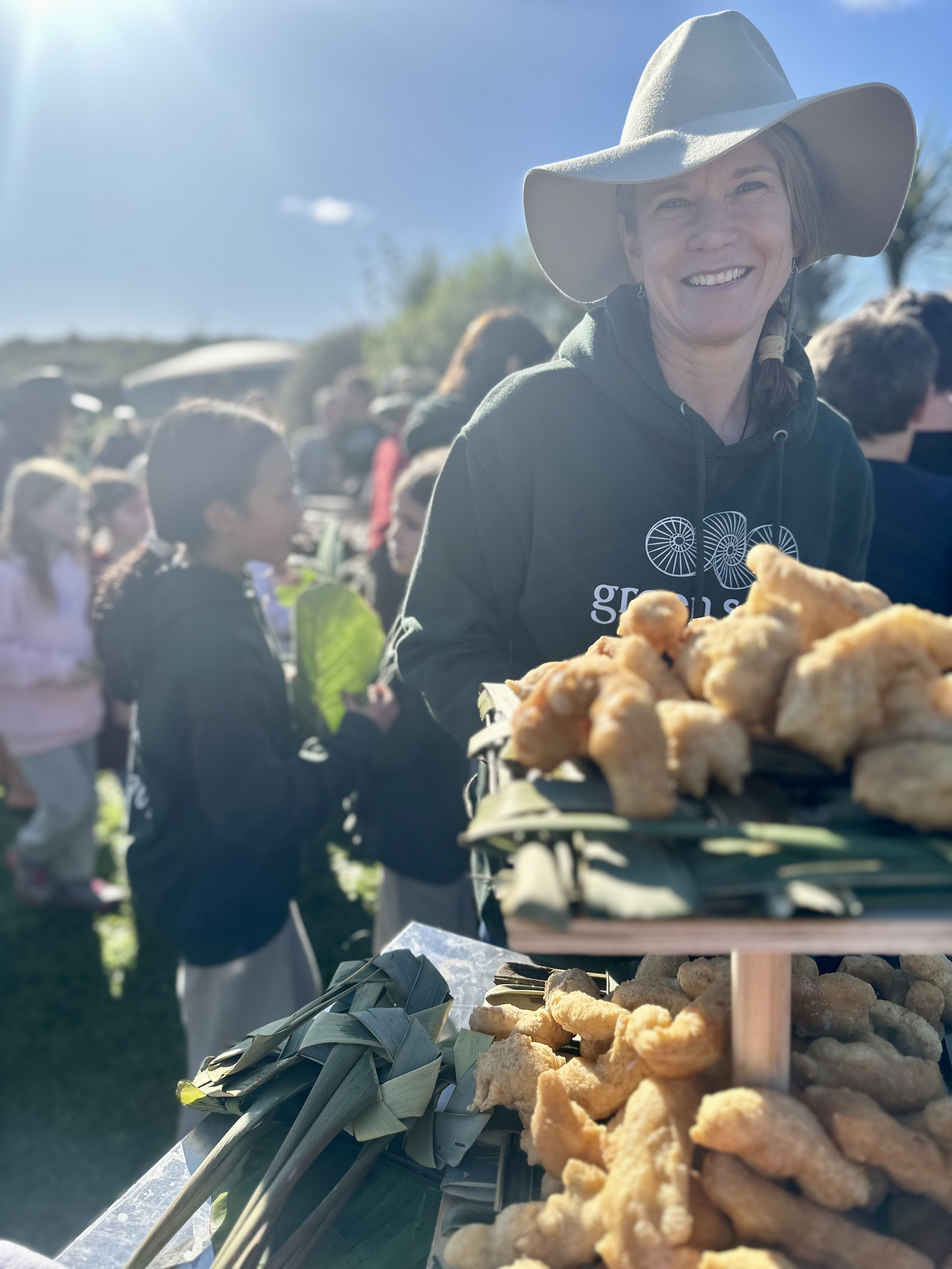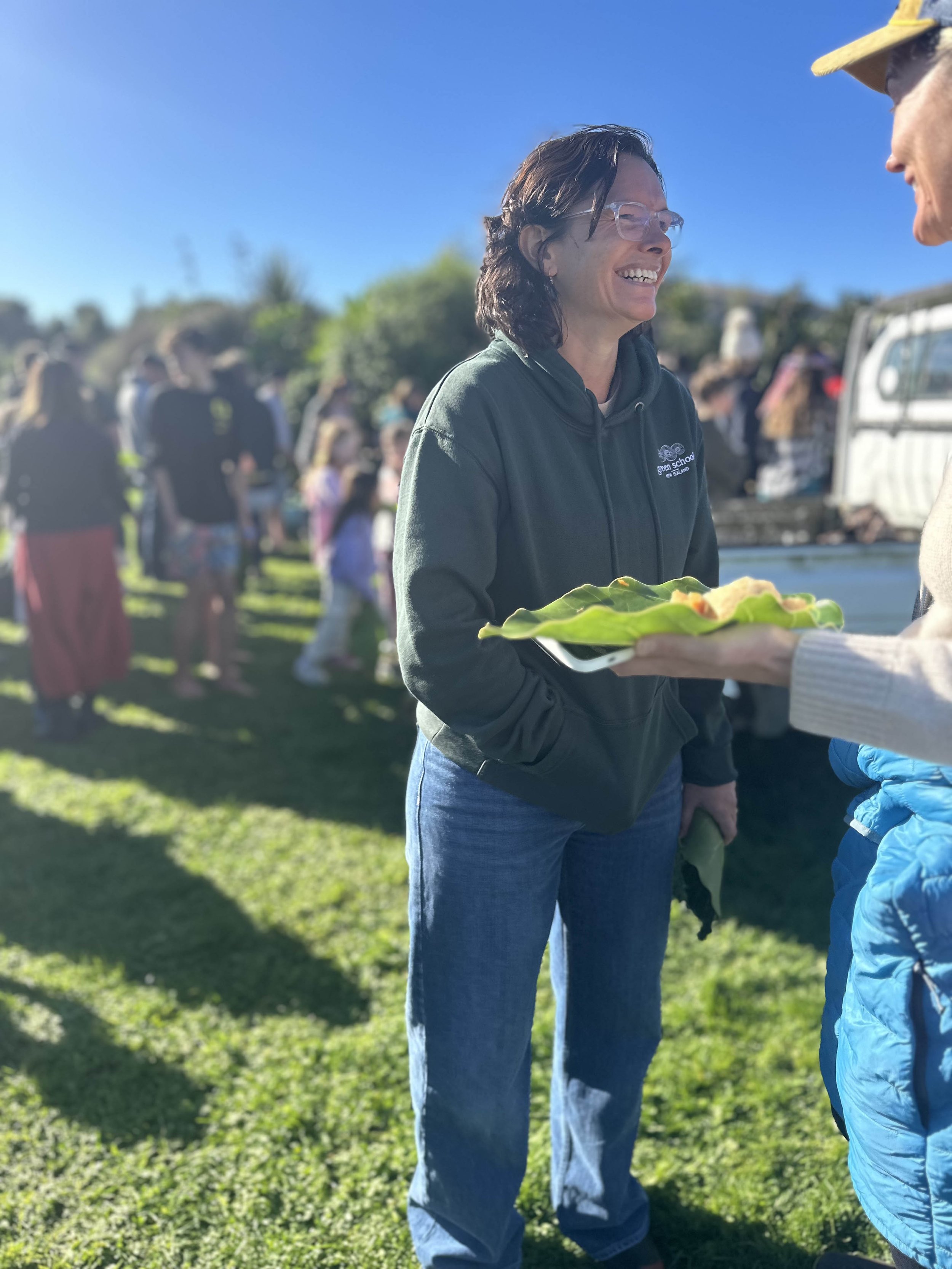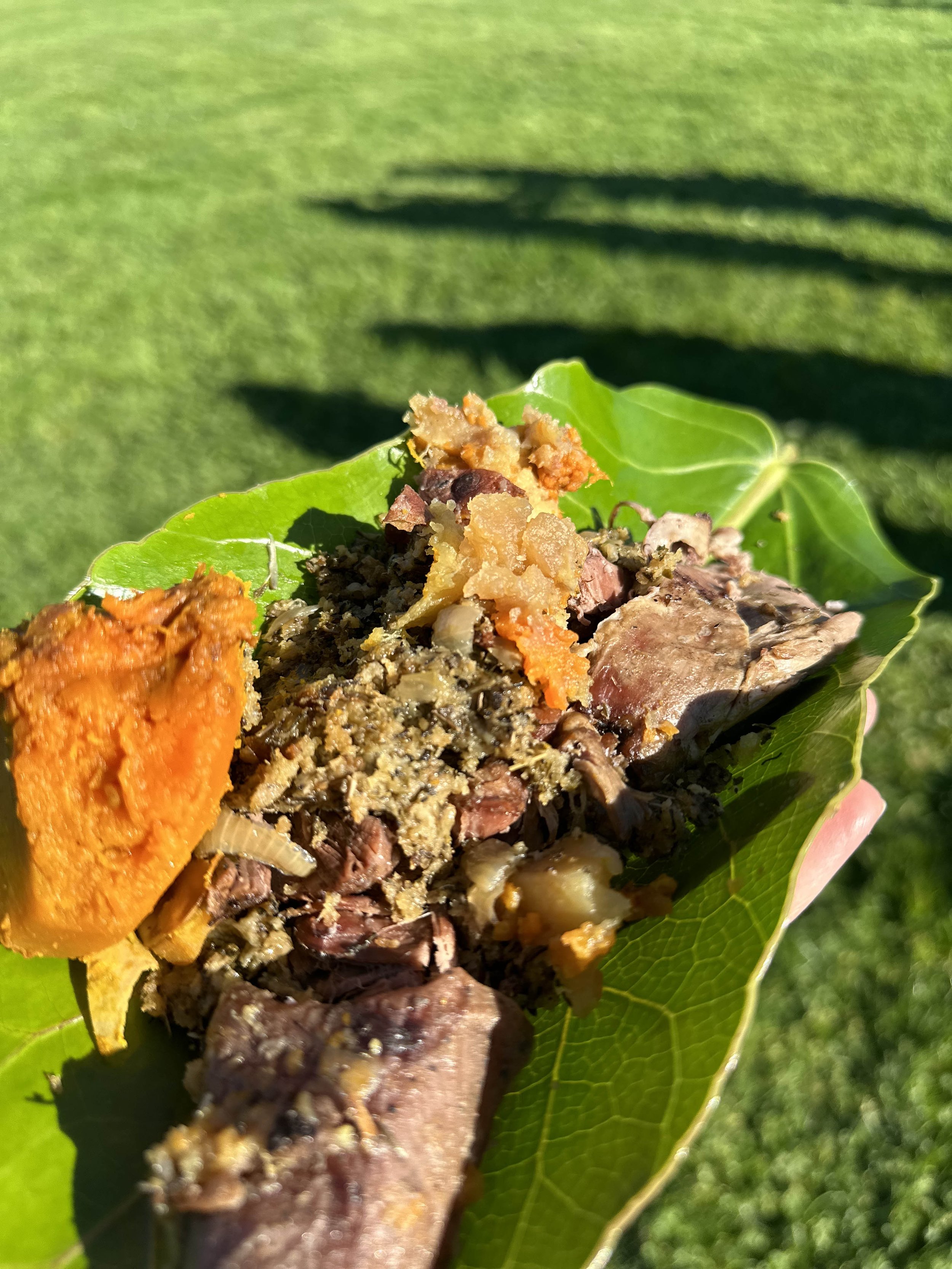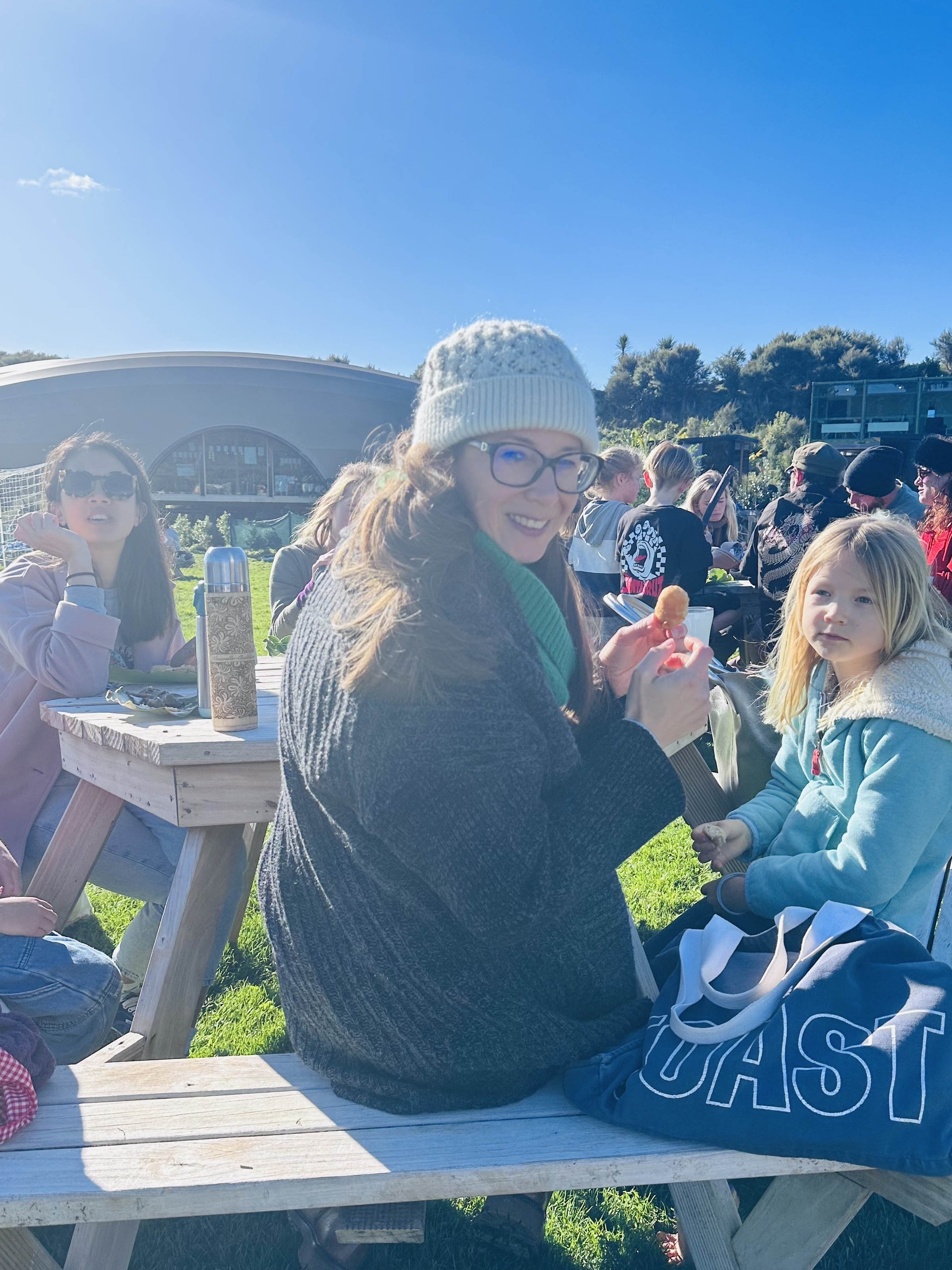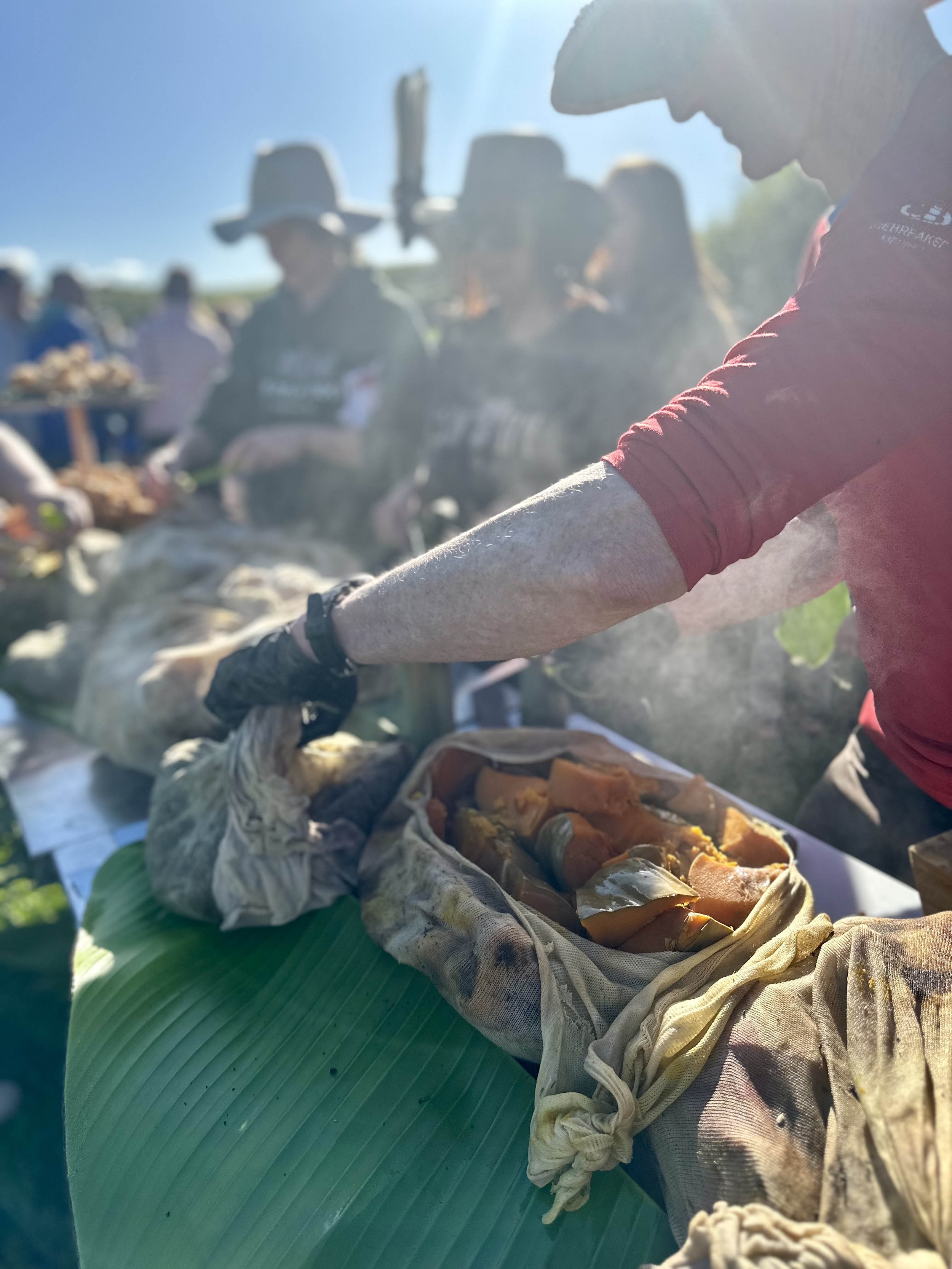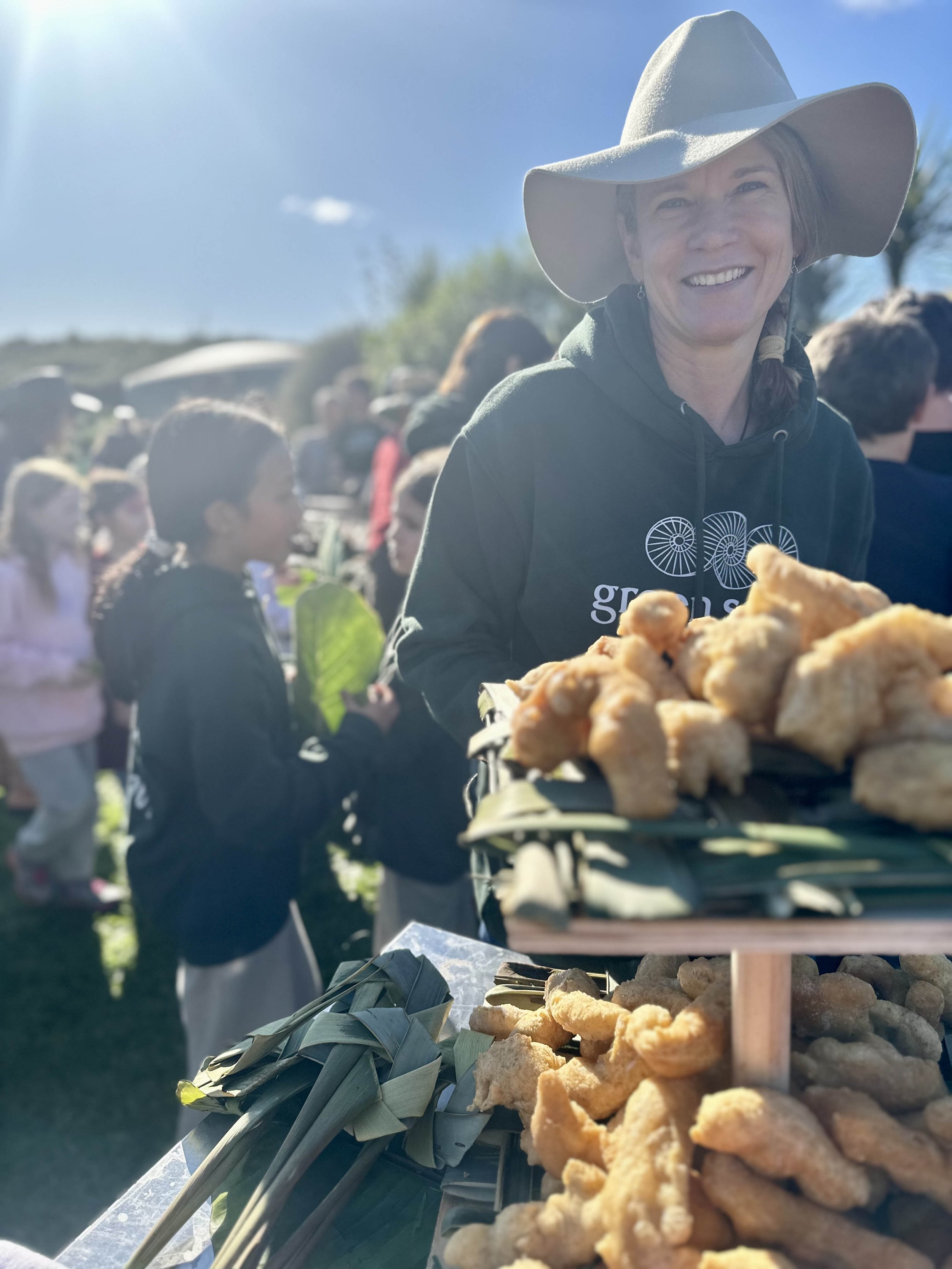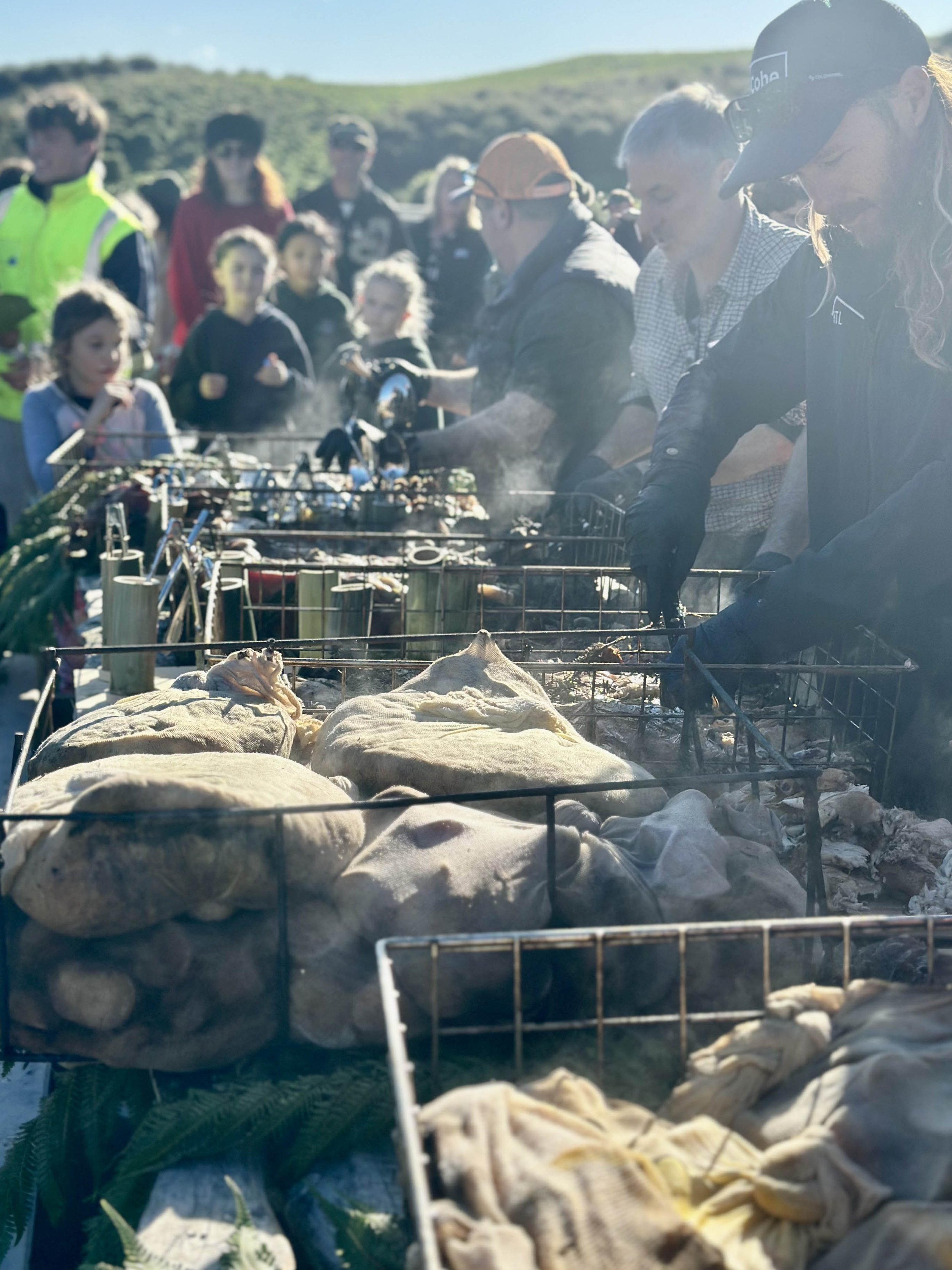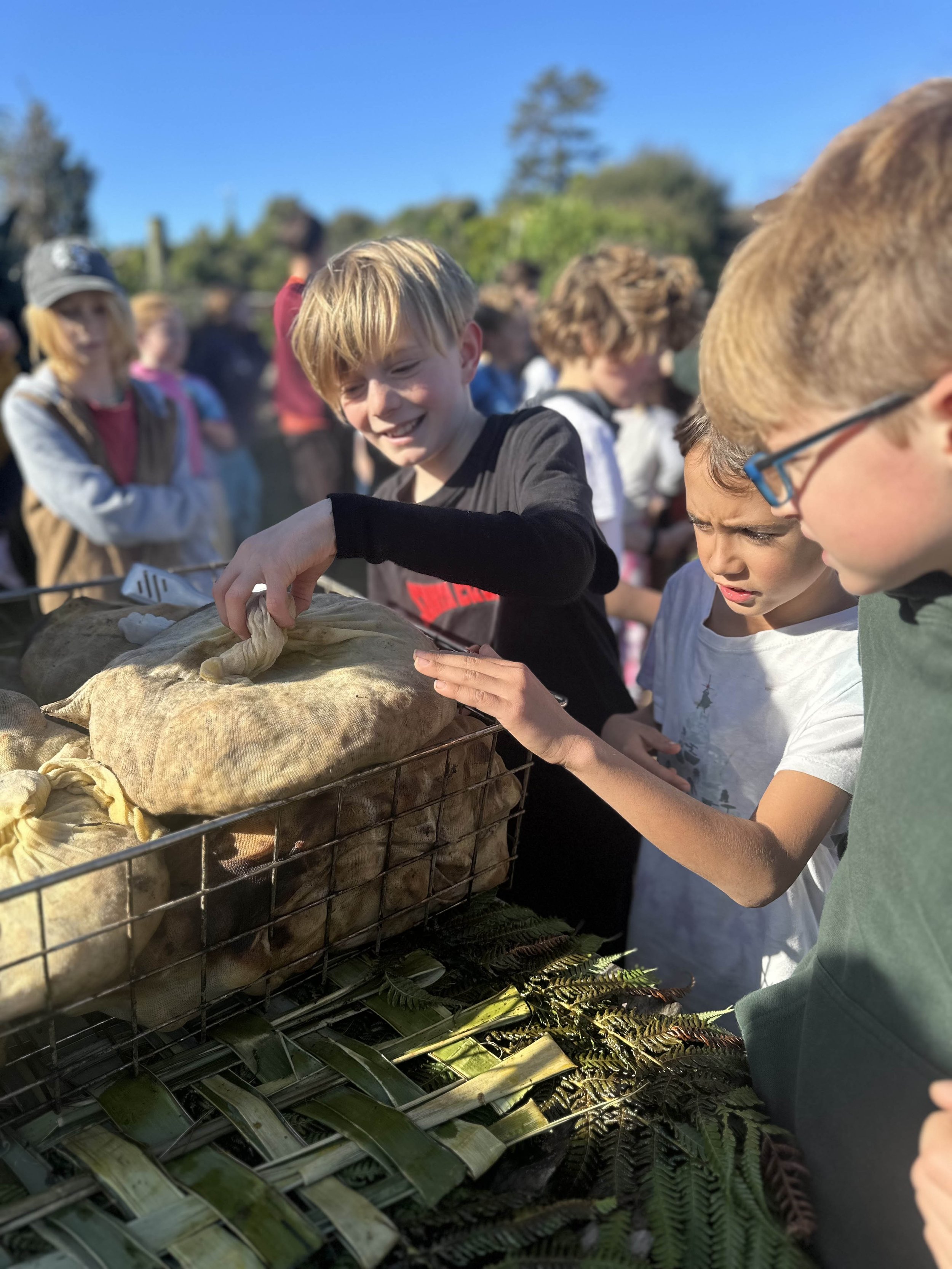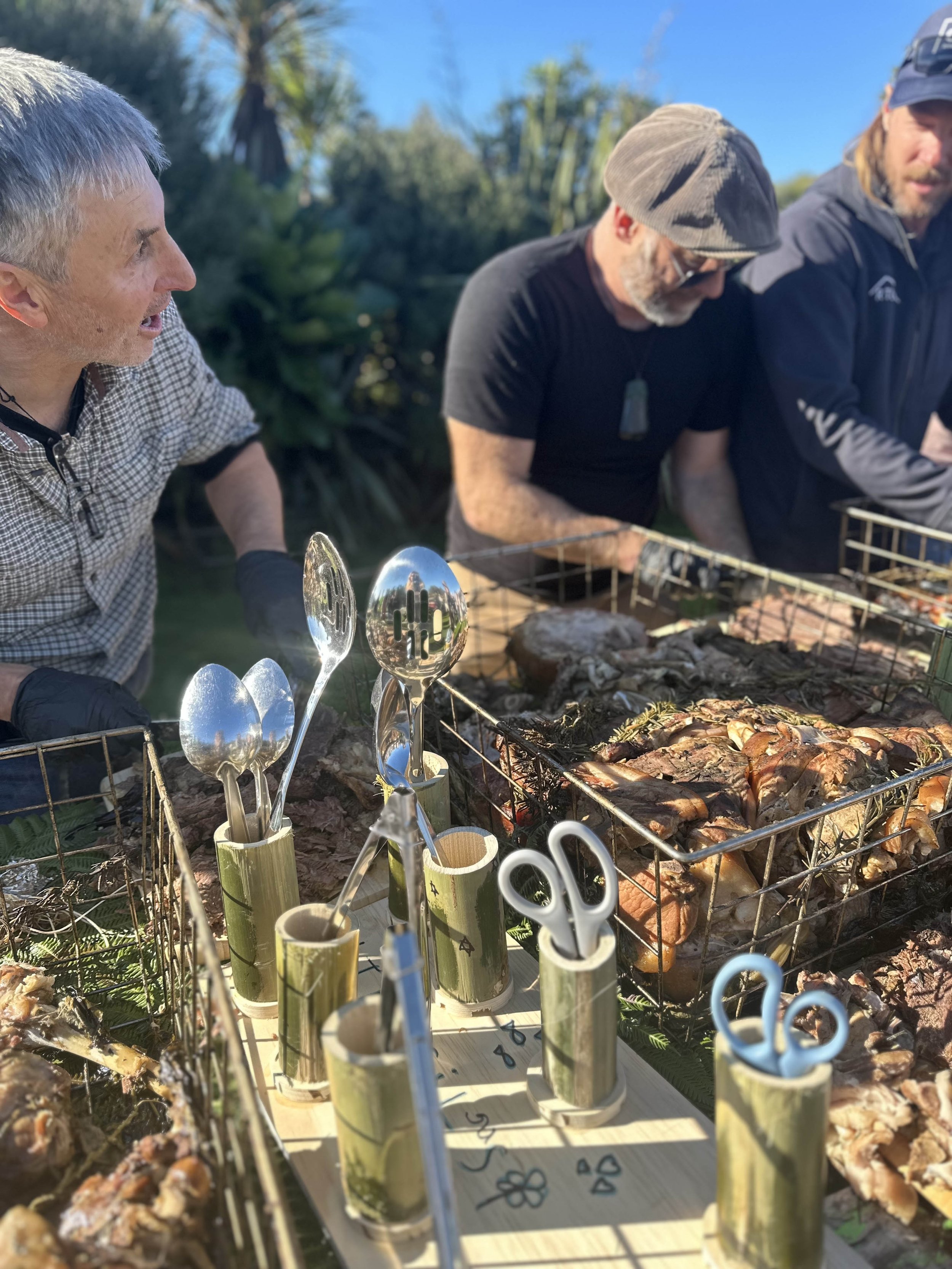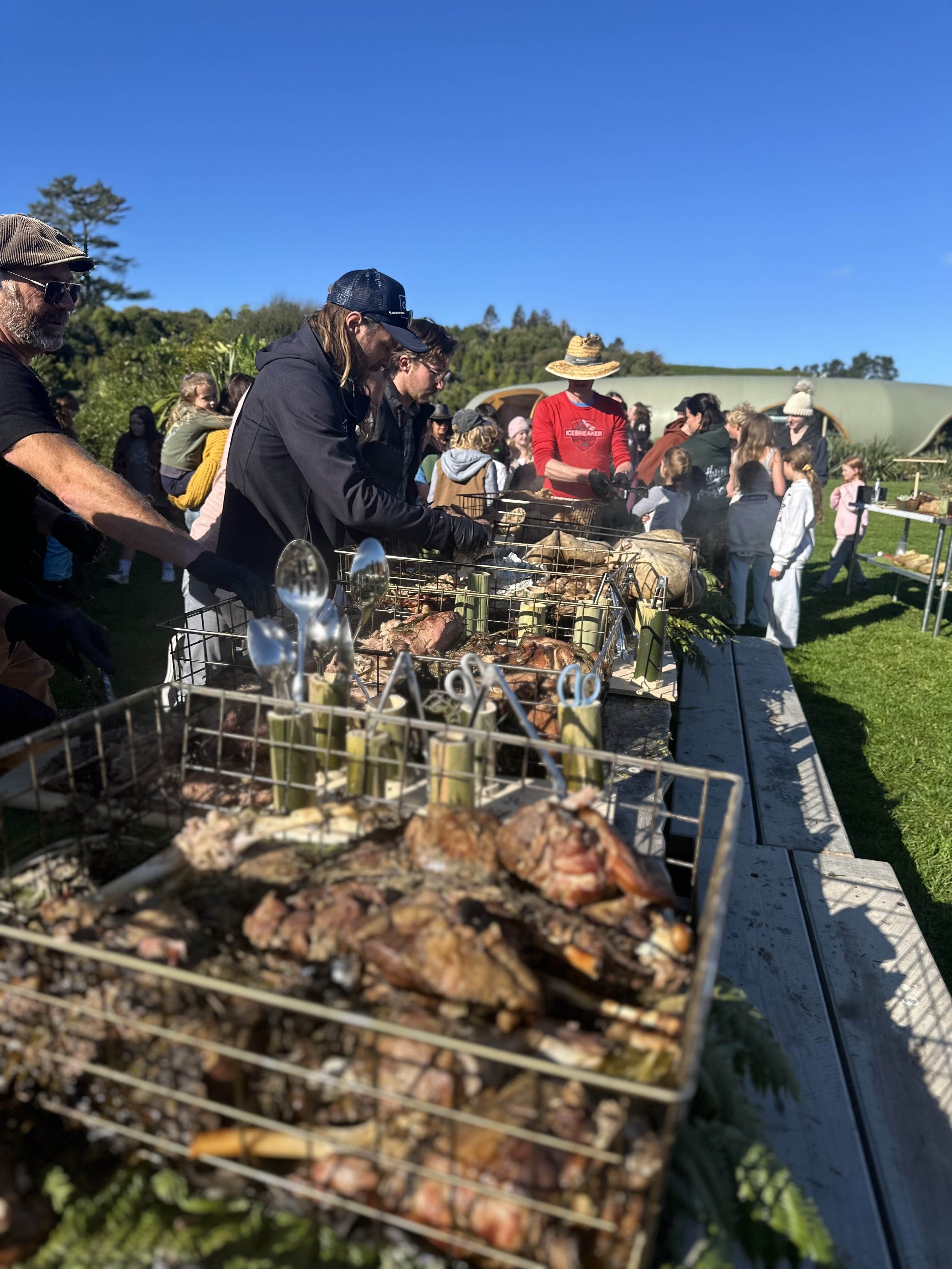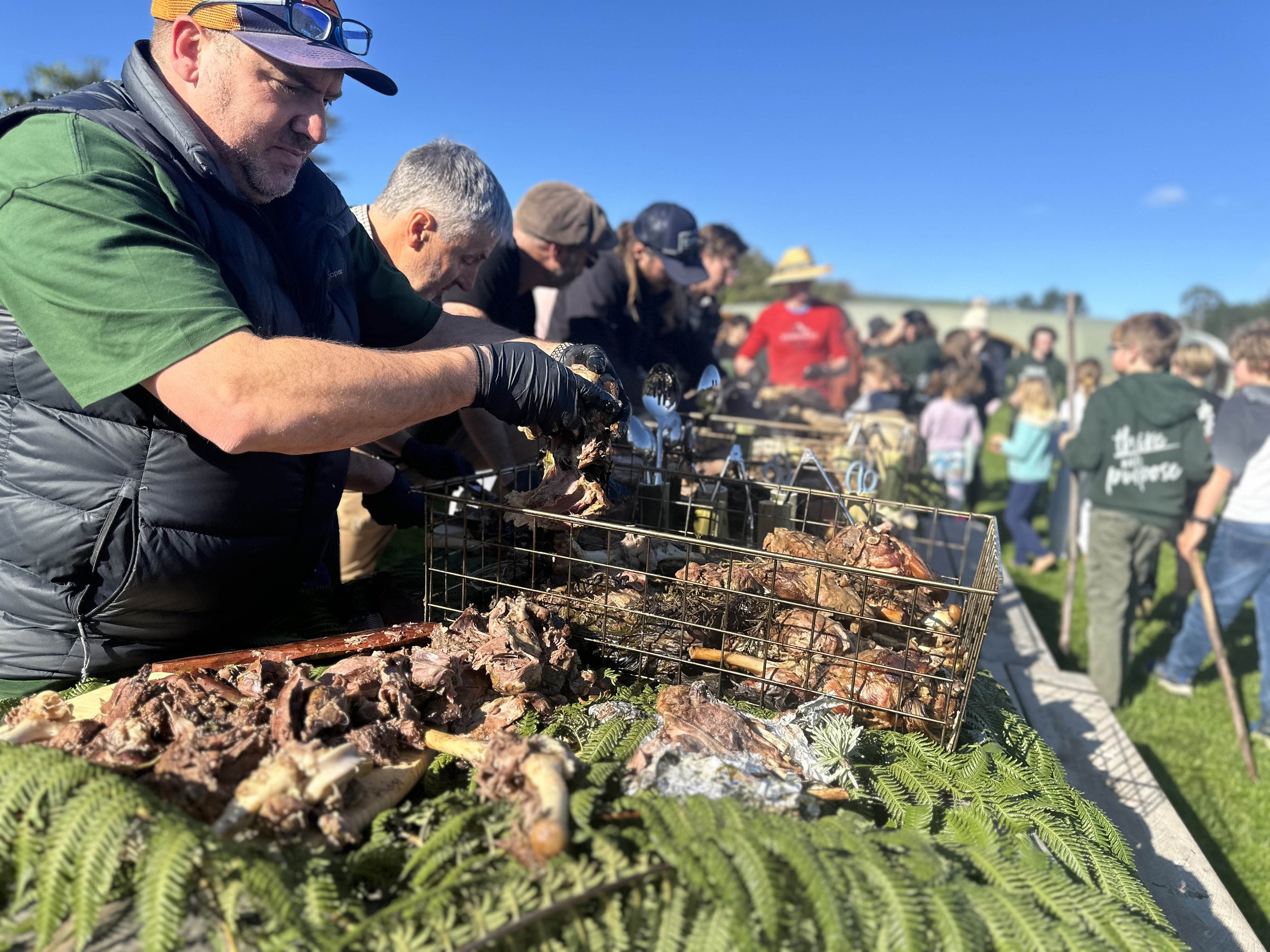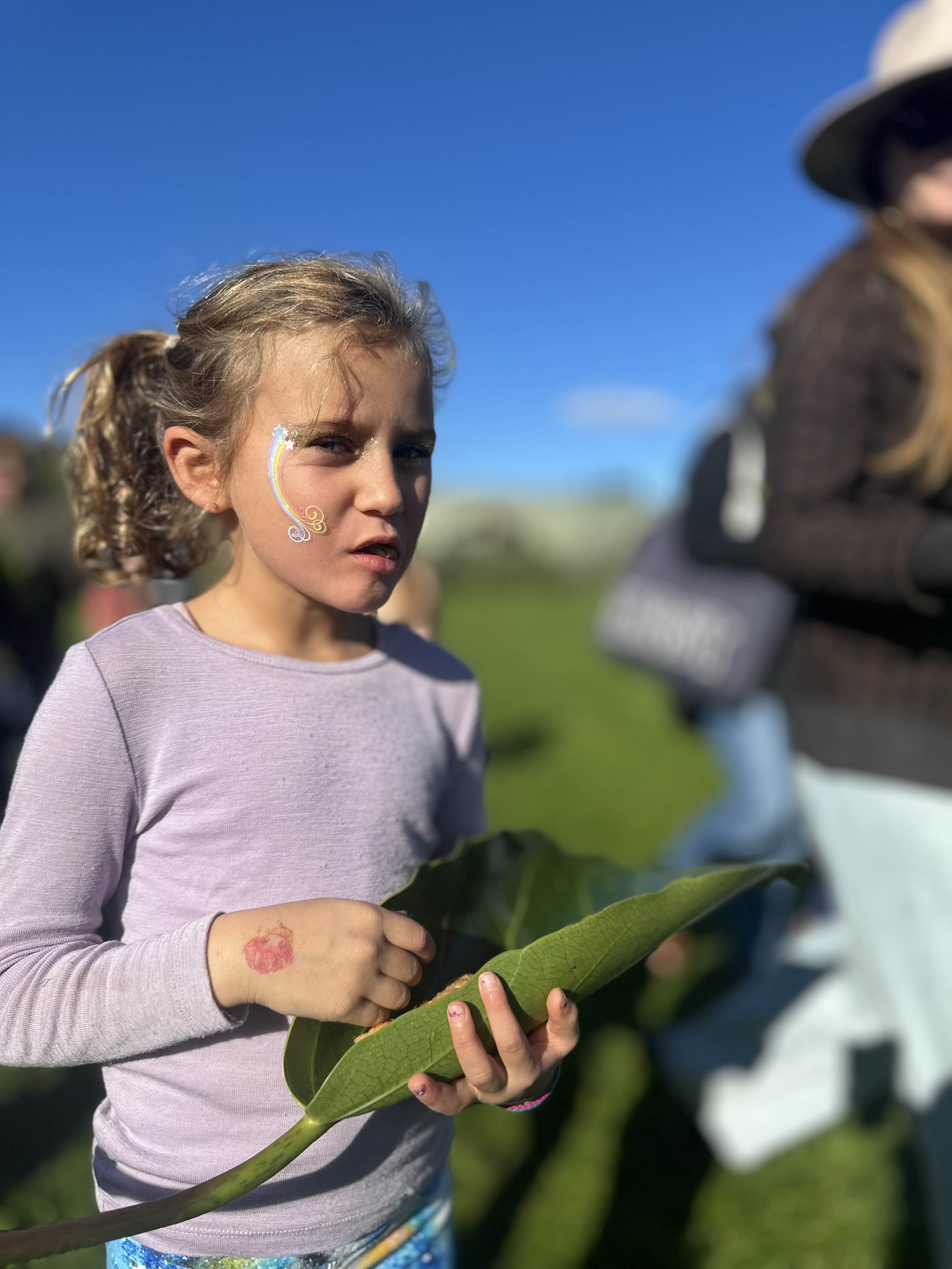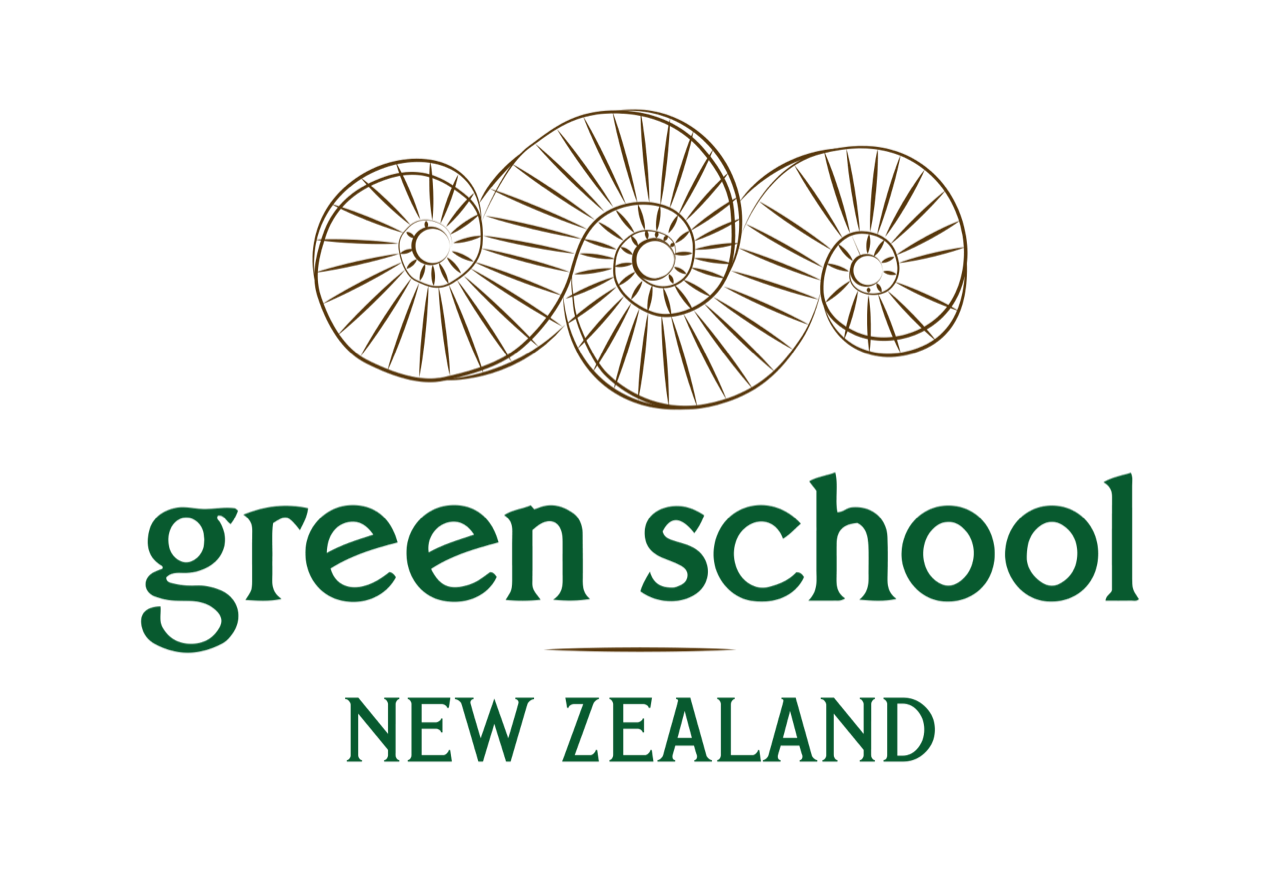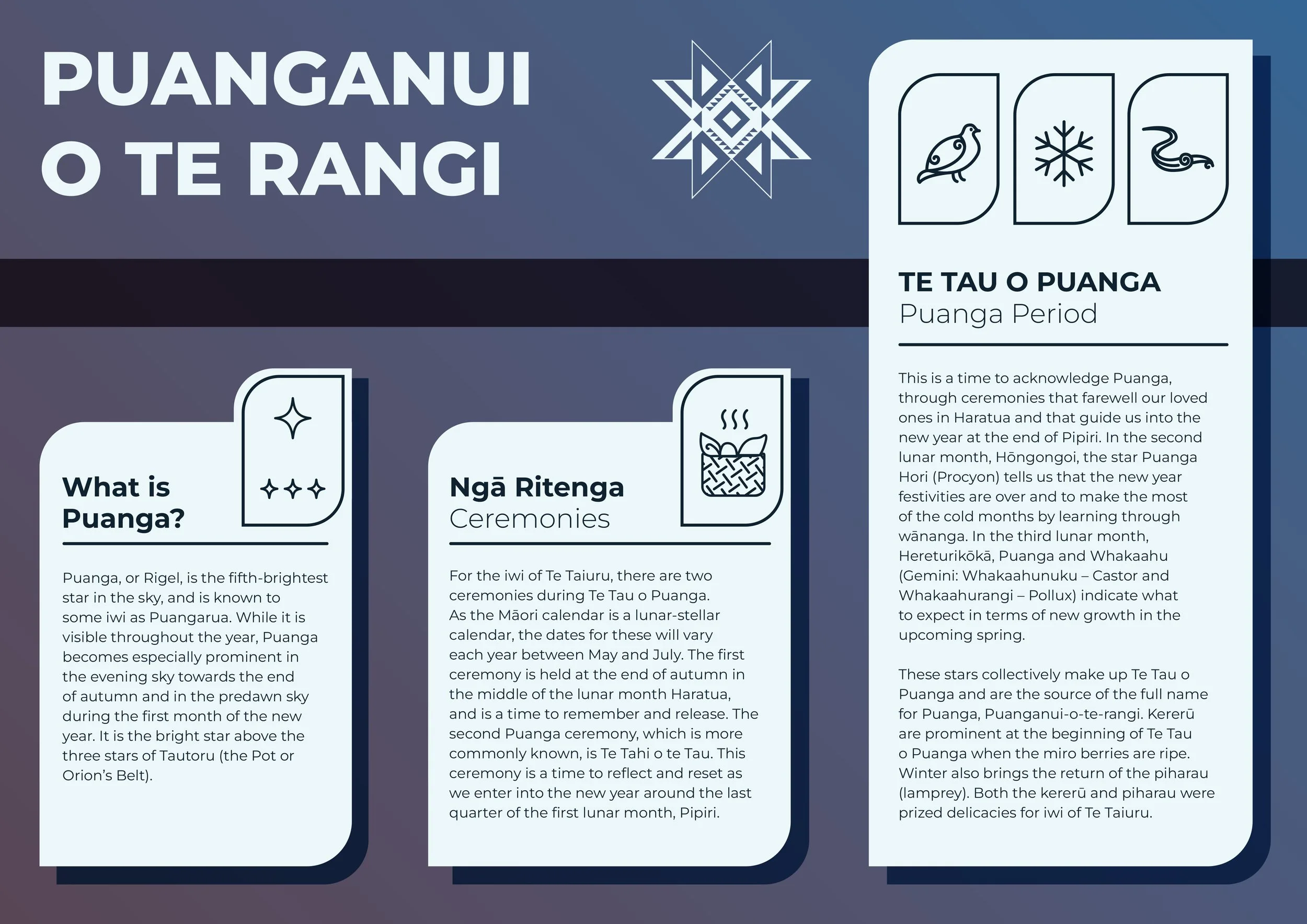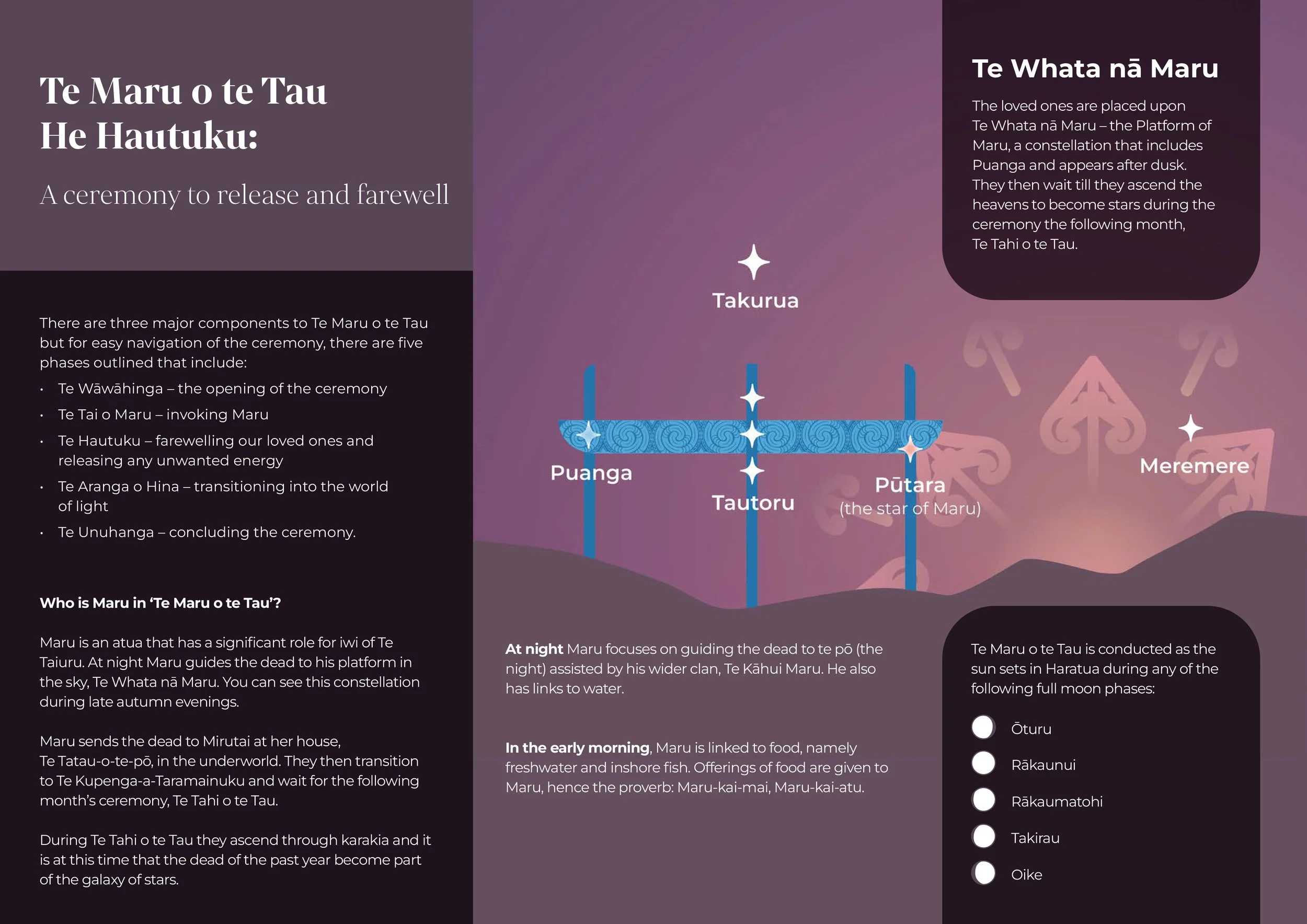Puanga | The traditional Māori year
Every year as autumn draws to a close, Māori look to the skies to mark the end of one year and the beginning of the next. For many iwi, these events are linked to the appearance of the star cluster Matariki. For others, it is another star that marks the passage of time and provides insights into the months to come. That star is Puanga.
The term Puanganui-o-te-rangi refers to Puanga and its affiliate stars – Puanga Hori and Whakaahu – and their significance over a period of approximately four months, from the last month of autumn until the beginning of spring.
Puanganui-o-te-rangi comprises three stars. Puanga, or Rigel, is the fifth brightest star in the sky, and is known to some iwi as Puangarua. While it is visible throughout the year, Puanga becomes especially prominent in the evening sky towards the end of autumn and in the predawn sky during the first month of the new year.
The second star is Puanga Hori, or Procyon. It rises in the second month of the year and is below Takurua. The final star is Whakaahu, or Castor, which pairs up with Puanga in the third month to indicate productivity in spring.
The Māori New Year, centered around Puanga/Matariki, holds profound significance in Te Ao Māori (the Māori world) as it represents a time of renewal, reflection, and connection to both the celestial and terrestrial realms.
How do I find Puanga?
Puanga, or Rigel, is the fifth brightest star in the sky, and is known to some iwi as Puanganui and by northern iwi as Puangarua. To find Puanga in the sky, look for the three stars of Tautoru (Orion’s Belt, or the Pot). Above this constellation is a single bright star – Puanga.
The traditional Māori year
The Māori New Year, centered around Puanga/Matariki, holds profound significance in Te Ao Māori (the Māori world) as it represents a time of renewal, reflection, and connection to both the celestial and terrestrial realms.
Cultural Renewal: Puanga/Matariki marks the beginning of a new year in the Māori calendar, offering an opportunity for cultural renewal and regeneration. It is a time for communities to come together, celebrate their heritage, and reaffirm cultural values.
Connection to Ancestors: Puanga/Matariki is a time to honour ancestors and acknowledge their enduring presence in the lives of Māori communities. It provides a moment to reflect on the wisdom passed down through generations and to pay tribute to those who have gone before.
Harvest Celebration: Traditionally, Puanga/Matariki coincides with the end of the harvest season in Aotearoa New Zealand. It is a time to celebrate the abundance of the land and give thanks for the sustenance it provides. Feasting, sharing food, and giving offerings are common practices during this period.
Navigational Significance: Puanga/Matariki's appearance in the night sky has long served as a navigational beacon for Māori voyagers. Its rising signals the start of a new navigational year, guiding seafarers on their journeys across the vast Pacific Ocean.
Environmental Awareness: The Māori New Year, including Puanga/Matariki, is deeply connected to the natural world. Observing seasonal changes and celestial events helps foster environmental awareness and encourages stewardship of the land, sea, and sky.
Cultural Revitalization: In recent years, there has been a resurgence of interest in Puanga/Matariki and the Māori New Year celebrations as part of broader efforts towards cultural revitalisation and reclaiming traditional knowledge and practices.
Overall, Puanga/Matariki and the Māori New Year hold immense importance in Te Ao Māori, serving as a time for spiritual reflection, community gathering, cultural expression, and a reaffirmation of Māori identity and values. We are so pleased to be able to host our Puanga/Matariki celebrations as part of our Green School NZ tikanga.
Find below resources that have been published in English and te reo Māori to help guide people through Te Maru o te Tau and Te Tahi o te Tau, two Puanga ritenga (ceremonies). More information
These resources are for anyone who is interested in Puanga and want to expand their knowledge about the various Puanga ritenga. The Māori version is targeted at intermediate and fluent speakers of te reo Māori. More information
Hāngī
Traditionally, Māori people cooked in earth ovens called ‘hāngī'. There are few experiences that rival sharing a feast cooked in a traditional Maori hāngī (earth oven), a centuries-old cooking method perfect for feeding a crowd and bringing a community together.
In traditional hāngī cooking, food such as fish and kumara (sweet potato), were cooked in a pit dug in the ground. Today, pork, lamb
potato, pumpkin and cabbage are also included.
Hāngī food, or 'kai' in Māori, was traditionally wrapped in flax leaves, but a modern Hāngī is more likely to use cloth sacks, aluminium foil and wire baskets.
The baskets are placed on hot stones at the bottom of a hole dug into the ground. The food is covered with a wet cloth and a mound of dirt that traps the heat from the stones.
The Hāngī food is left in the ground for about three to four hours, depending on the quantity being cooked. The result of this process is tender meat and delicious vegetables, infused with smoky, earthy flavours.
The Green School NZ hāngī will have a separate baskets for our vegetarians and there will be a vegan option provided as well. Please scroll down for images of the full process.
Huiā-whānau
A hui ā-whānau is a whānau gathering facilitated using Māori methods of engagement and protocols.
Green School NZ will be conducting a hui ā-whānau during the time of Matariki & Puanga to strategically come together and discuss items that are of importance to Maori whanau and involving tamariki Māori. At a hui ā-whānau, tikanga Māori is central. They’ll be facilitated by a whānau member or advisor. Whaea Maata will also support with this special strategic planning opportunity.
We will learn more about valuing Māori as Māori, building knowledge and helping Māori achieve equitable education outcomes.The entire whānau is invited, we will have child care available, and our Youth Council Māori representatives will facilitate a discussion with the learners to capture their voice.
We hope to have full attendance from our families that identify being Māori as kanohi ki te kanohi is encouraged. Zoom will be available for those that can not be there in person.
